Survival in the wild is no easy task.
Animals must deal with tough environments and dangerous predators every day. To stay alive, many animals have developed special abilities and behaviors. However, a few have taken it to the next level with some truly amazing survival skills. In this post, I’ll introduce you to my top 55 animals that have mastered the art of survival with some of the most extreme adaptations you can imagine!
Saharan Silver Ants: Heat Evaders
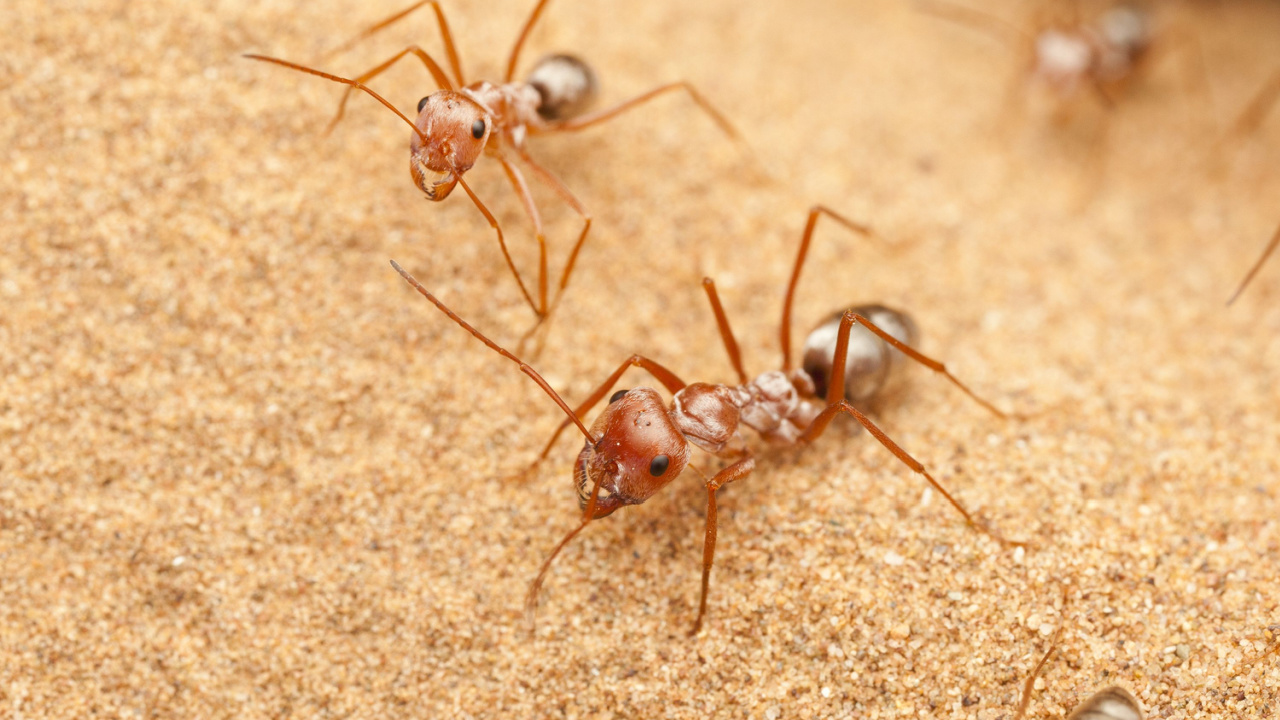
Living in the scorching Sahara Desert, Saharan silver ants have remarkable adaptations to survive ground temperatures that can soar to 70°C (158°F). These ants sport unique silver hairs that reflect sunlight and help manage heat, allowing them to forage during the midday heat when most predators are inactive. Not only are they well-adapted to extreme heat, but they are also the fastest runners among the 12,000 known species of ants.
Vampire Bats: Sharing is Caring
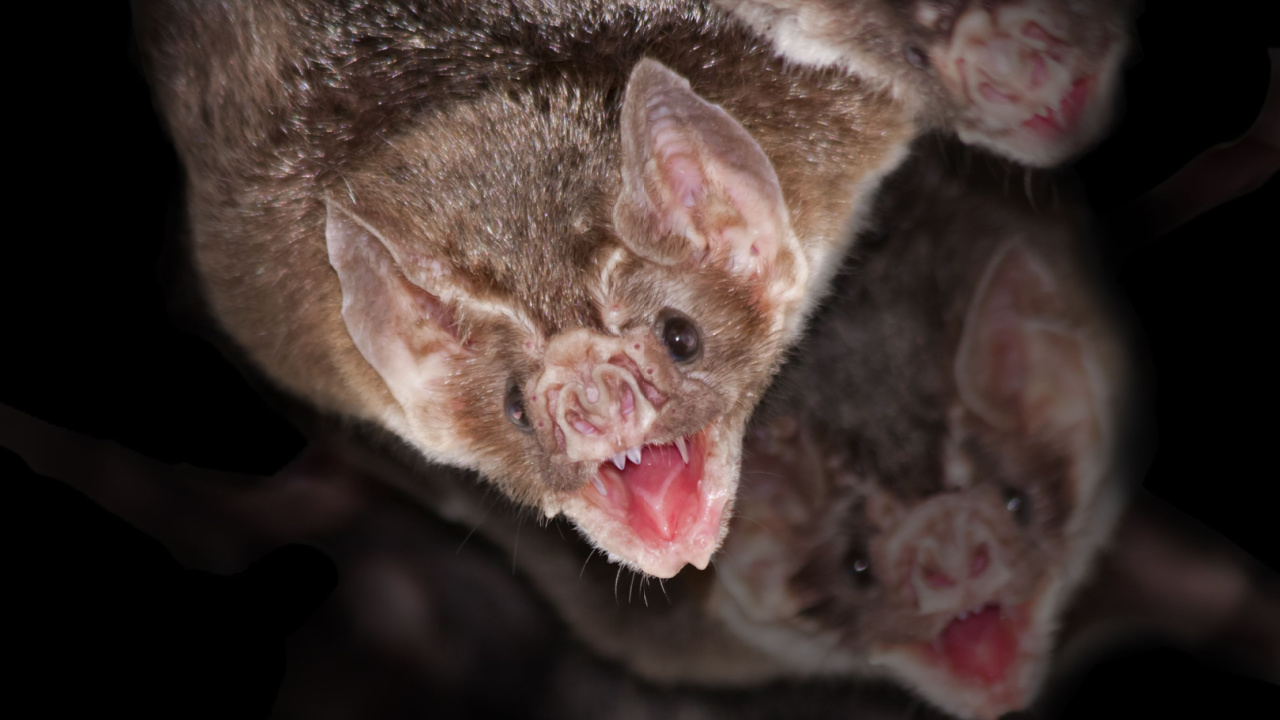
Vampire bats are known for their blood-feeding habits, but they also exhibit remarkable social behavior. If a bat fails to feed, another bat will regurgitate blood to share, ensuring the survival of their colony members. This act of food sharing is a rare trait in the animal kingdom.
Antarctic Krill: Surviving in the Cold
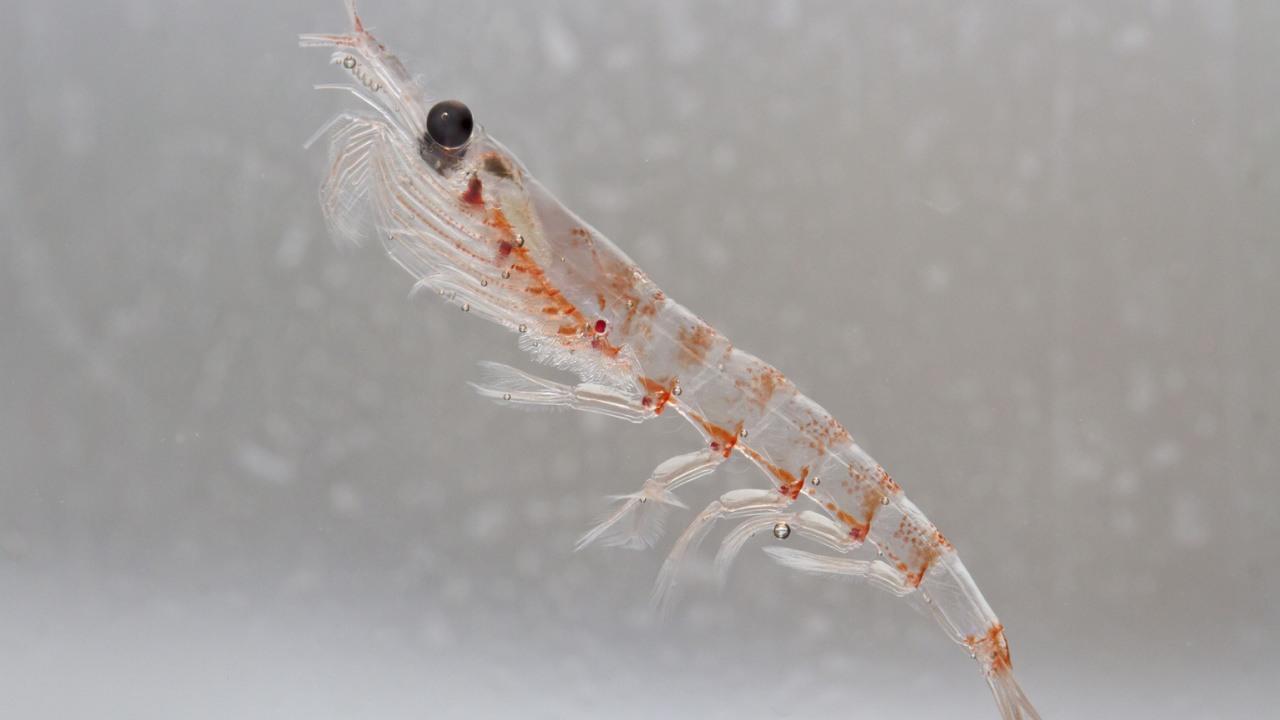
Antarctic krill have adapted to survive in the freezing waters of the Antarctic. They produce a type of antifreeze glycoprotein that lowers the freezing point of their body fluids, preventing ice crystals from forming. This adaptation is crucial for surviving in one of the coldest environments on Earth, where temperatures can plummet far below the freezing point of seawater.
Electric Eels: Shocking Defense
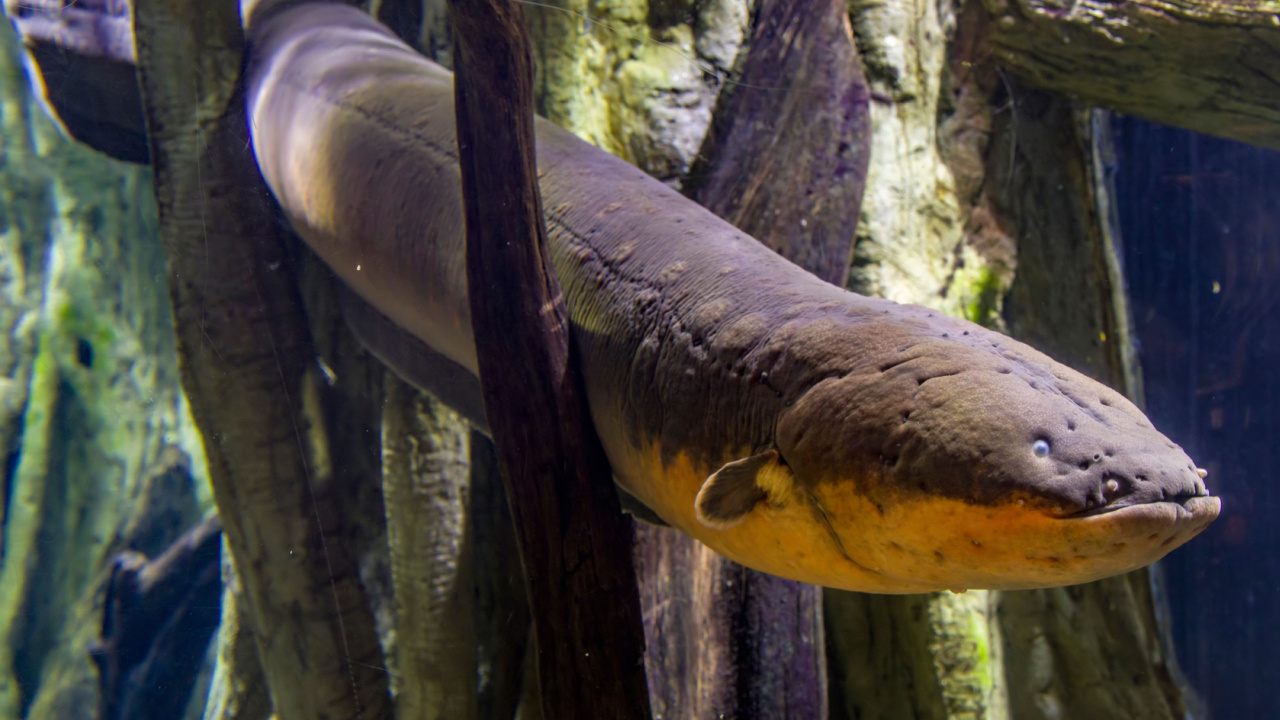
Electric eels pack a powerful punch, capable of delivering shocks between 600 and 800 volts—enough to stun large threats. While not usually deadly to humans, the shock can cause severe burns and incapacitate a person, so this eel has a formidable defense mechanism.
Stonefish: The World’s Most Venomous Fish
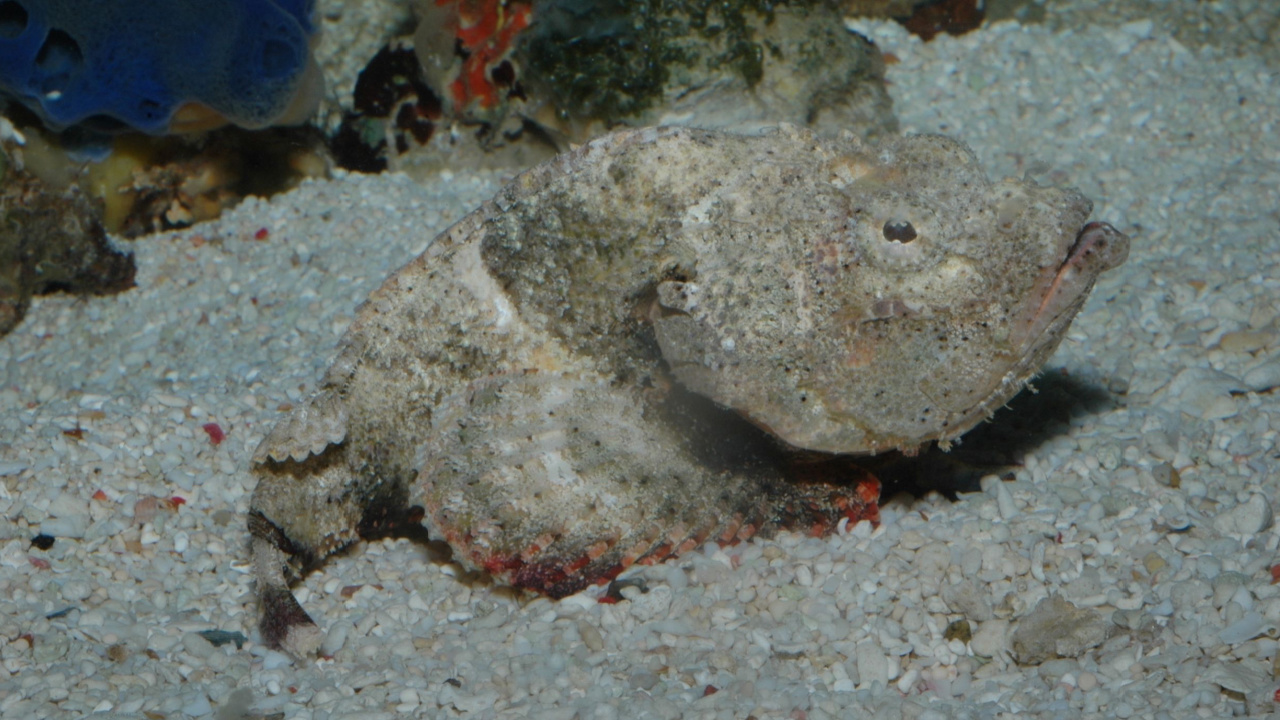
The stonefish, with its potent venom, can inflict severe pain, shock, or even death within hours if untreated. Victims can experience a range of symptoms, from nausea to respiratory distress. There are effective anti-venoms, but they need to be administered quickly to limit symptoms. Even with rapid treatment, recovery might take months.
Whale Sharks: Gentle Giants of the Sea
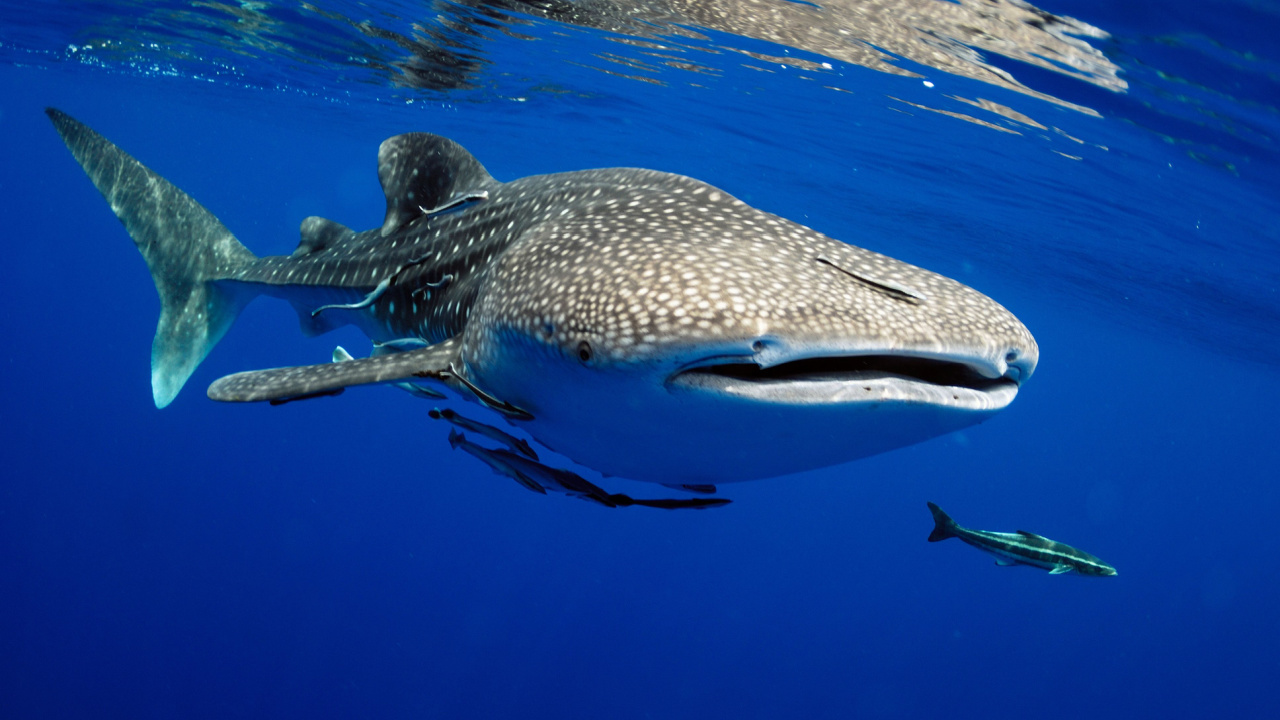
Despite their massive size and over 4,000 teeth, whale sharks thrive on a diet of plankton and algae. They use “cross-flow filtration” to feed—proving that the biggest creatures can have the gentlest diets. Although they eat a lot – over 46 pounds (20 kilos) per day.
Kangaroos: Masters of the Leap
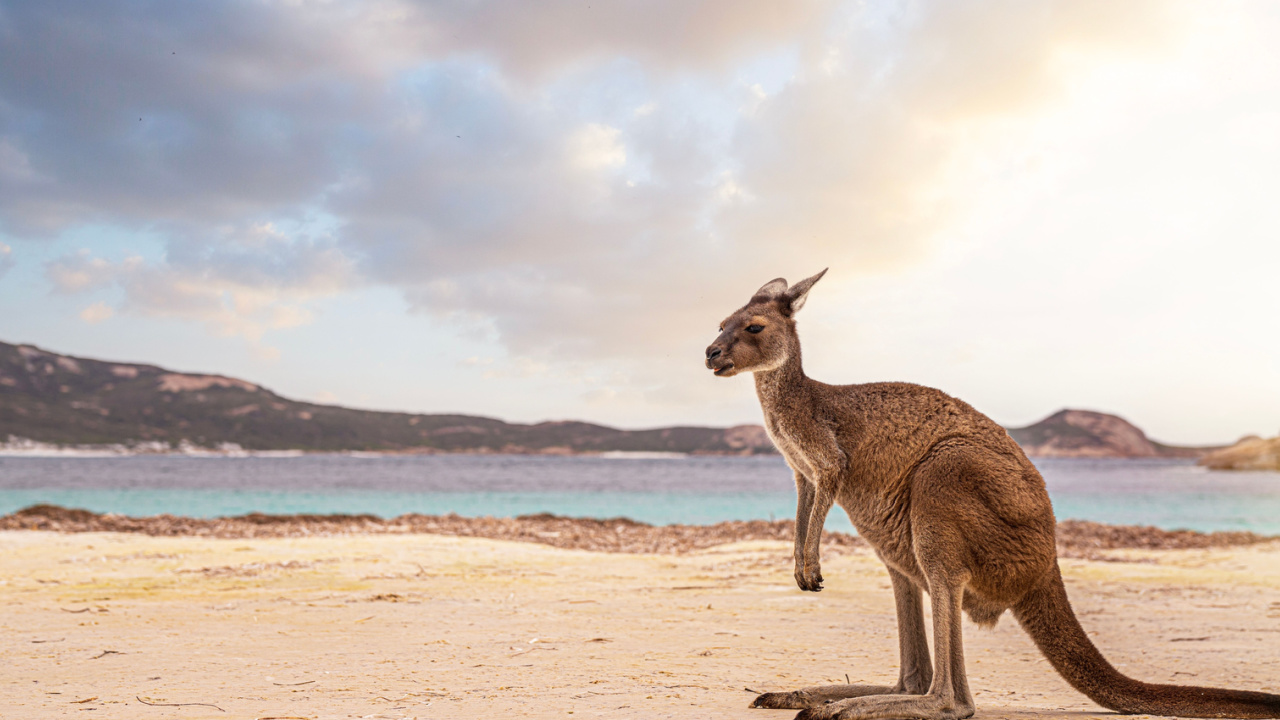
Kangaroos can bound over 27 feet in a single jump, thanks to their powerful tails and strong hind legs. This incredible ability allows them to easily navigate their environment and escape predators. It also means they have a powerful kick that you do not want to be on the receiving end of!
Golden Wheel Spiders: Cartwheeling Escape Artists
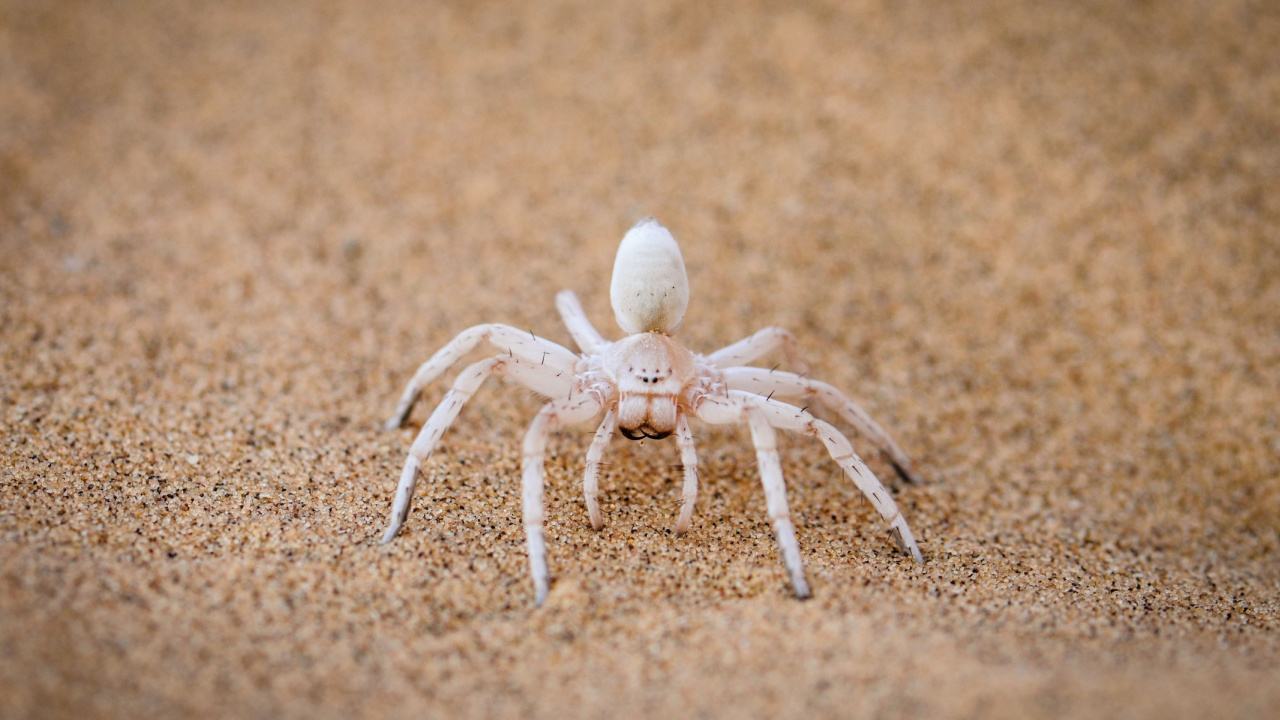
Golden wheel spiders, found in the Namib Desert, have a unique defense mechanism. When threatened, they tuck their legs in and roll down sand dunes to escape predators, achieving speeds that make them difficult to catch, at up to 3.3 ft (1 meter) per second. This “cartwheeling” can be more effective than running, especially on loose sand.
Pygmy Seahorses: Masters of Disguise
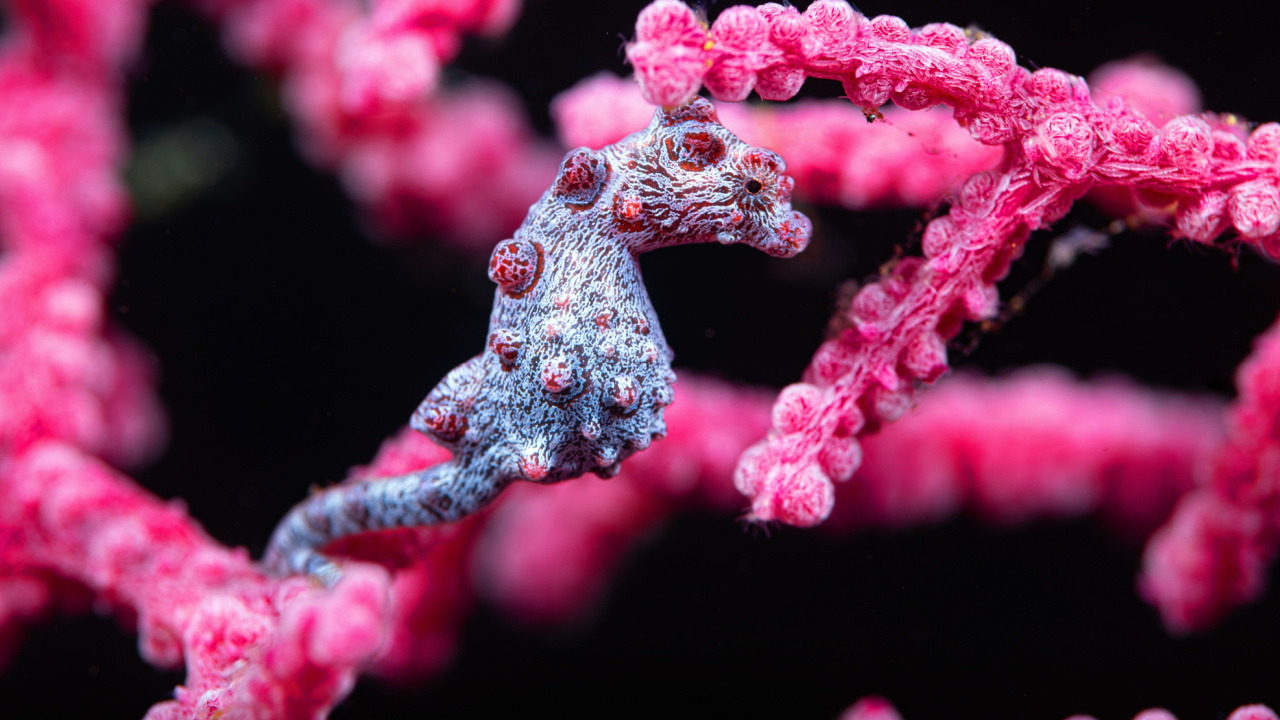
Pygmy seahorses are tiny marine creatures that excel in camouflage. They live on and mimic the appearance of gorgonian corals, making them nearly impossible to spot by predators and researchers alike. Their bodies match the color and texture of their coral homes so closely that they were only discovered when a specimen’s coral home was being examined in a laboratory.
Mosquitoes: Tiny But Deadly
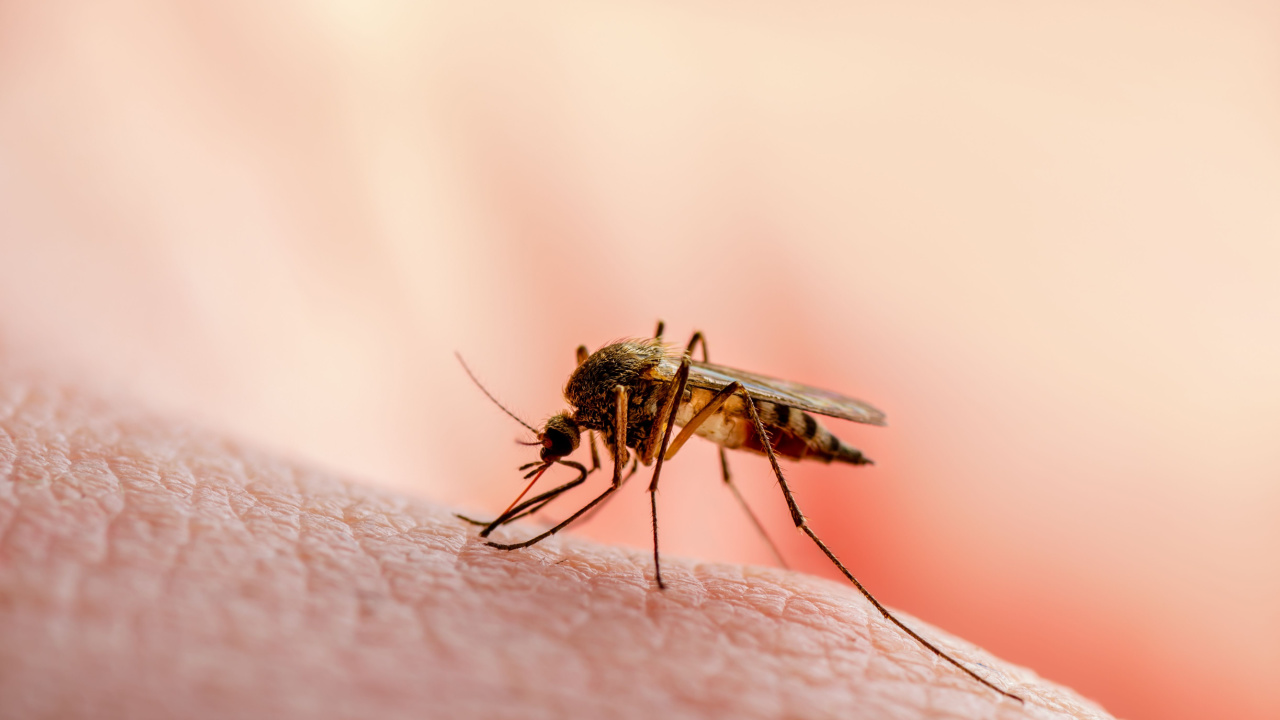
Mosquitoes are the deadliest insects, responsible for approximately 725,000 human deaths annually by transmitting diseases like malaria and dengue fever. Around 700 million people around the world get a mosquito-borne illness every year. Their impact on global health is profound, making them a major concern for humans everywhere.
Black Mambas: Speedy Predators

The black mamba’s speed can reach up to 12.5 miles per hour, making it a swift predator. Its venom is lethal, and encounters can be fatal without prompt treatment. These deadly snakes have a fearsome reputation for a reason. If you are unfortunate enough to get bitten, you have just 20 minutes to receive anti-venom..
Mountain Stone Wetas: The Freeze Survivors
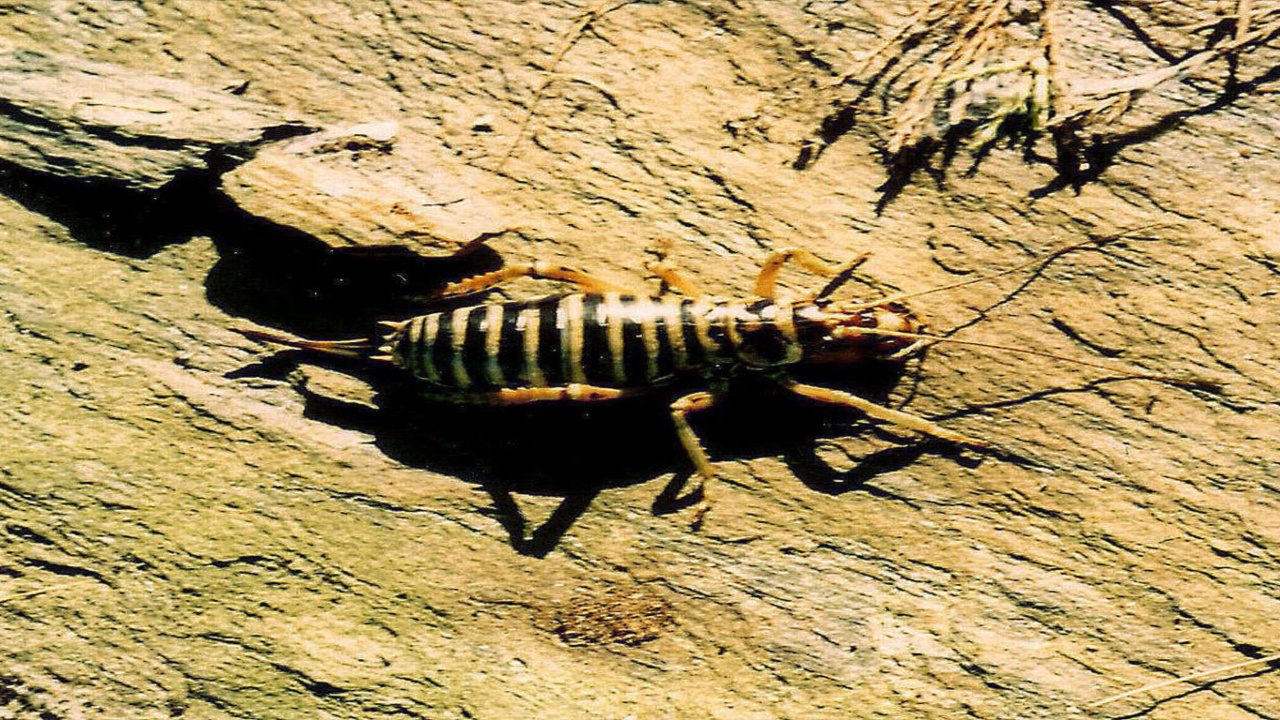
Mountain Stone Wetas have the incredible ability to freeze and thaw themselves. Up to 80% of their tissues can freeze without harming the insects. They have a unique feature in their “blood” that prevents ice crystal formation in their bodies. This adaptation allows them to endure extreme temperature fluctuations.
Dung Beetles: The Strongest Insects
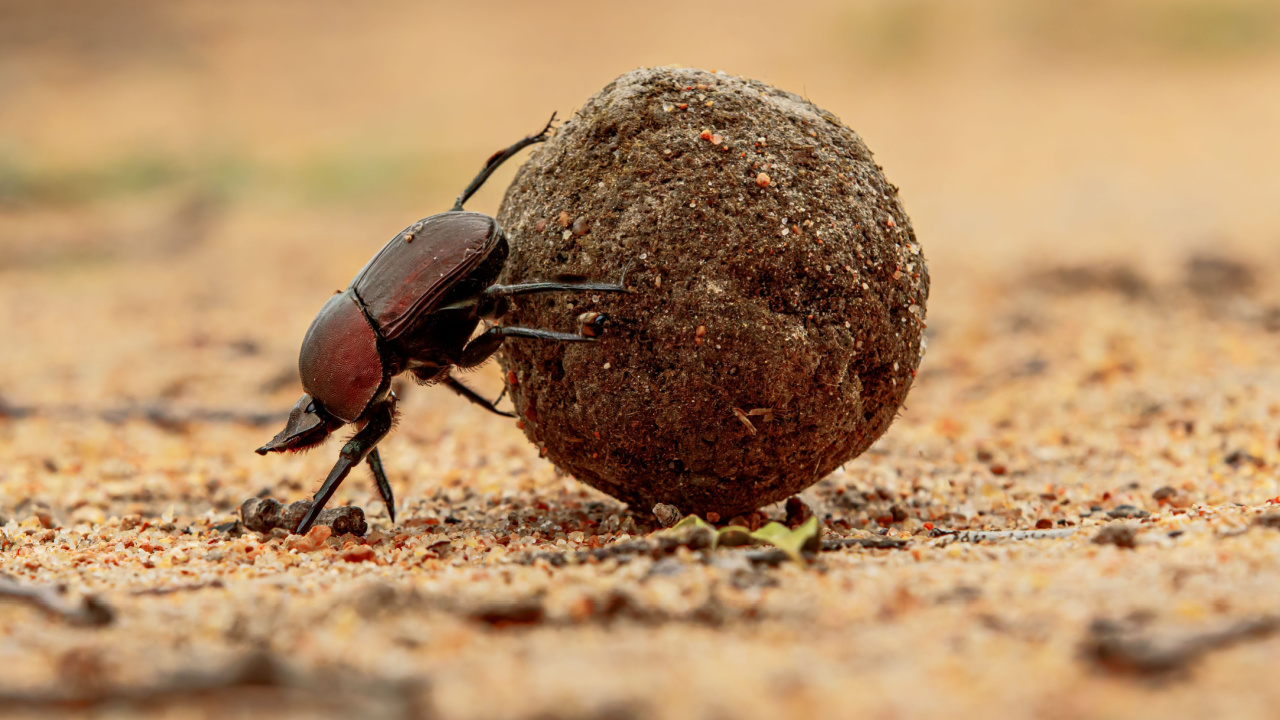
Dung beetles possess remarkable strength, capable of moving objects over 1,000 times their body weight. Their contribution to nutrient recycling makes them a vital part of their ecosystem, despite their humble task.
Tarantula Hawks: Excruciating Stingers
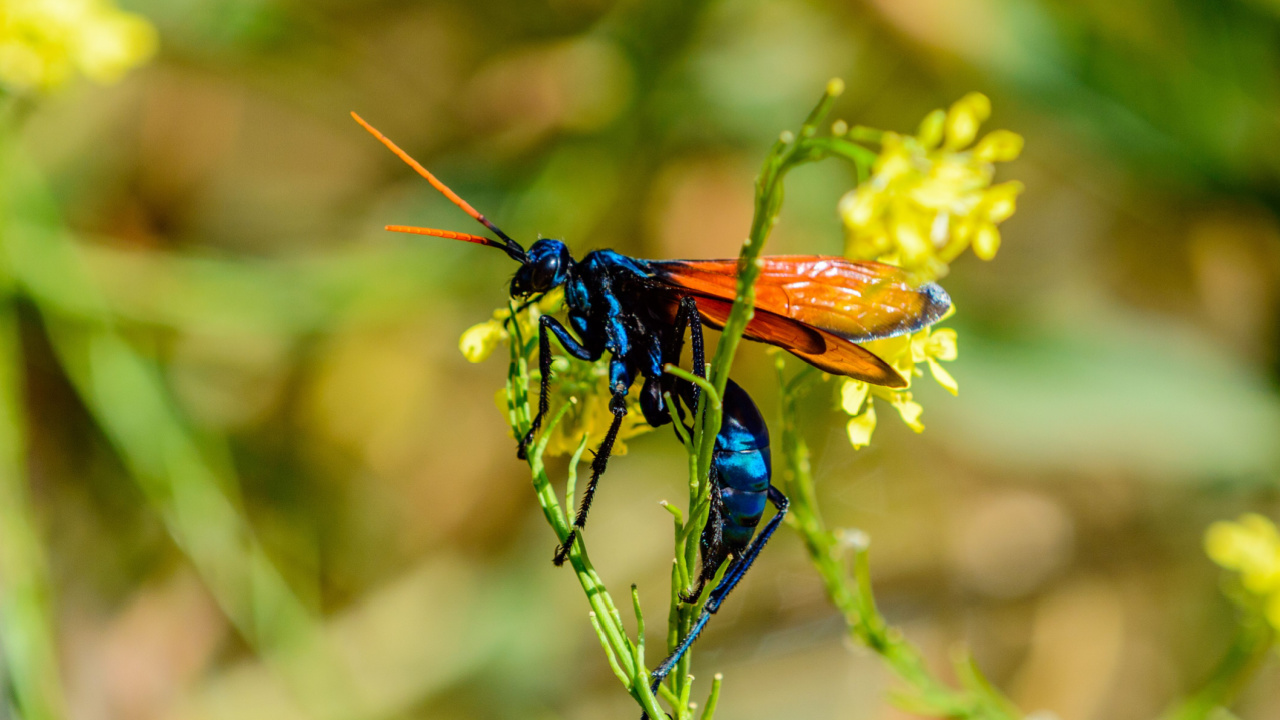
The tarantula hawk is a wasp with a sting rated at the highest pain level on the Schmidt sting pain index. Although it can deliver the most painful wasp sting in the world, the tarantula hawk wasp is actually solitary and docile, eats nectar, and will only sting you if you provoke it. It’s still a scary sight for many, reaching a whopping 2 inches long with a black body and bright orange wings. And it can fly at up to 20 miles per hour.
Jaguars: The Ultimate Predators
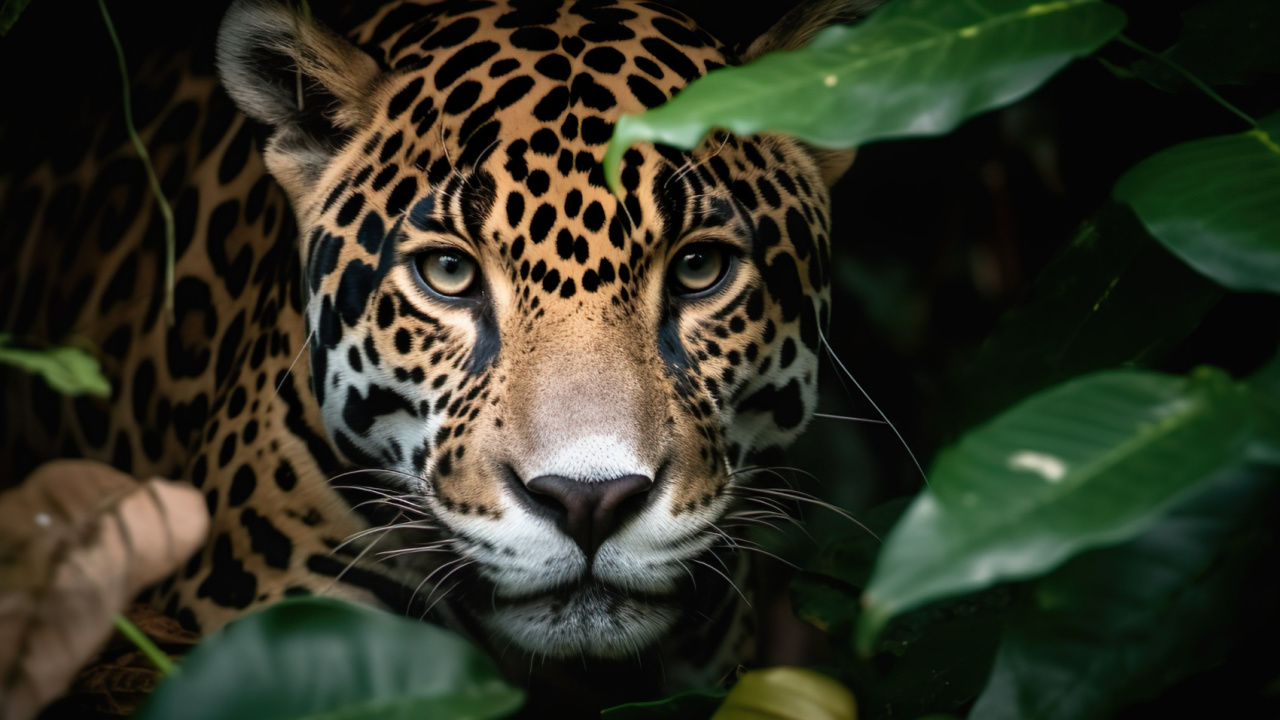
Jaguars have a formidable hunting technique, delivering a lethal bite to the neck of their prey, ensuring instant death. Interestingly, jaguars and black jaguars are the same species, with the dark coat being a rare mutation found in about 6% of the population. Jaguars have the fourth most powerful bite in the animal kingdom, at 1,500 PSI.
Gobi Desert Jerboas: Masters of Water Conservation
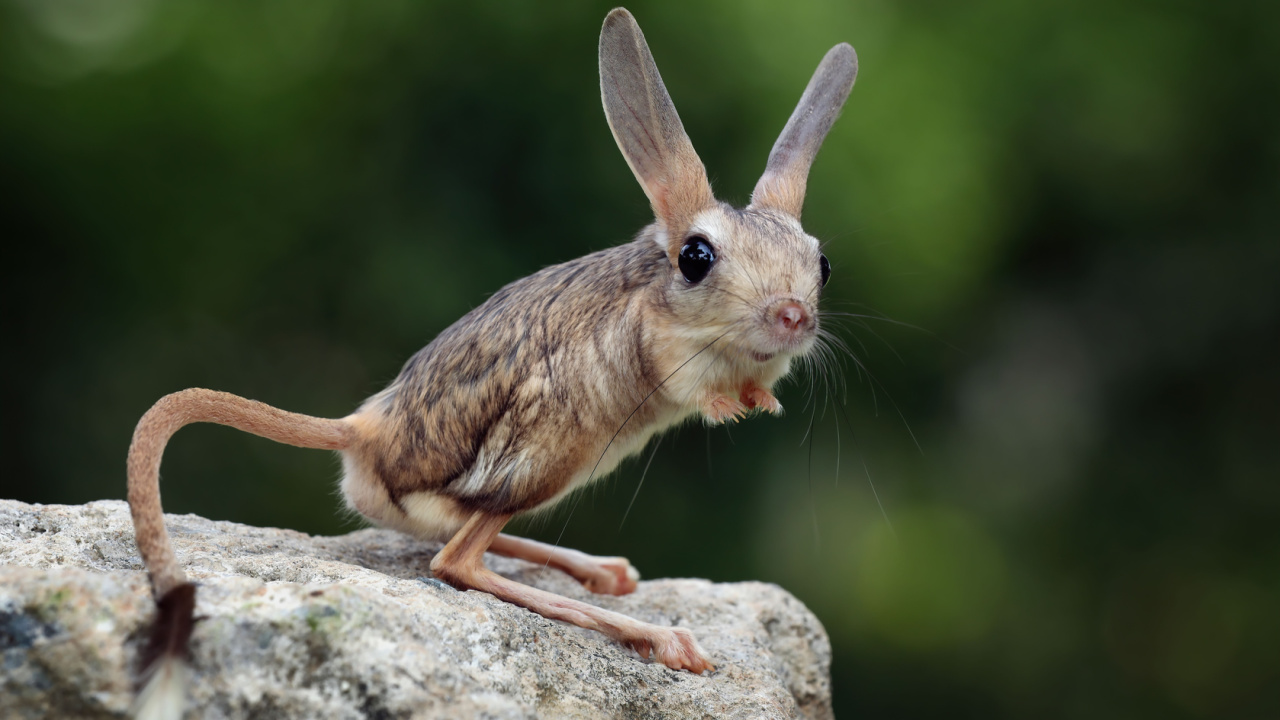
Jerboas, specifically those adapted to life in the Gobi Desert, have developed extraordinary water conservation techniques. They can extract sufficient moisture from their food (seeds and insects) to survive, eliminating the need for drinking water. Additionally, their highly efficient kidneys prevent water loss, making them superbly adapted to one of the driest habitats on Earth.
Hippos: Surprisingly Swift Giants

Despite their massive size, hippos are astonishingly fast on land. Spending most of their time in water, they can suddenly charge at speeds of up to 30 miles per hour. So, think twice before trying to outrun one of these hefty animals.
Komodo Dragons: Gluttonous Giants
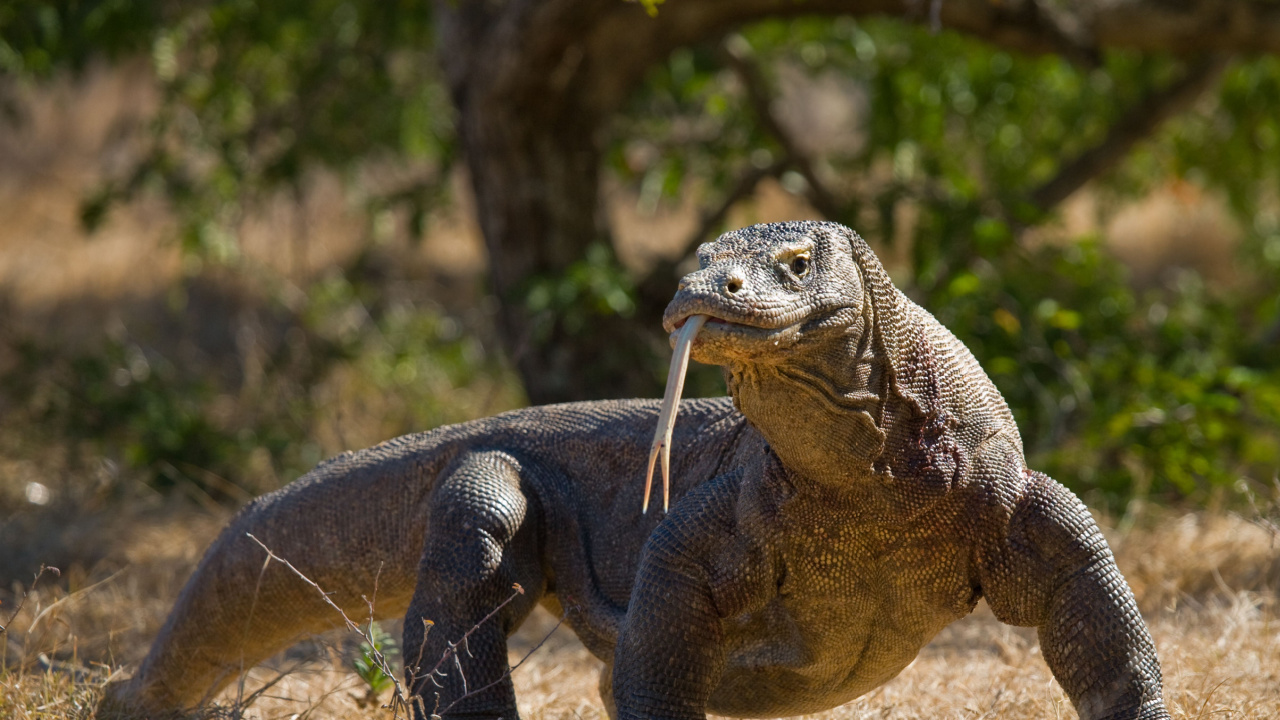
Komodo dragons are known for their voracious appetites, consuming up to 80% of their body weight in a single meal. After feasting, they expel indigestible parts, leaving behind a smelly reminder of their diet.
King Brown Snakes: Venom Powerhouses
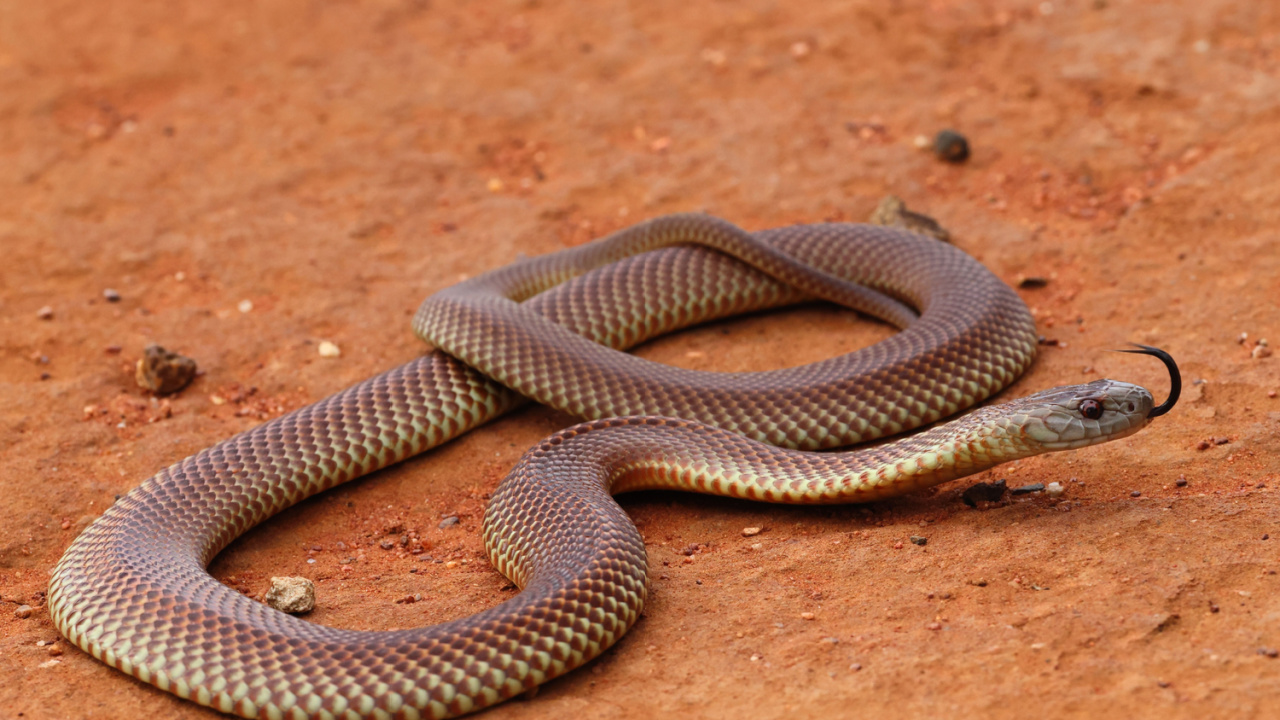
King Brown snakes hold the record for the most venom produced in a single bite, delivering up to 1.3 grams of dry venom. This makes them one of the most formidable snakes in terms of venom volume. Though human death from mulga snakes is rare, the bites are remarkedly painful and can cause serious and long-lasting effects, including necrosis. Plus, they’re aggressive enough that they’ll hang on and bite repeatedly to inject maximum venom.
Tasmanian Devils: Powerful Biters
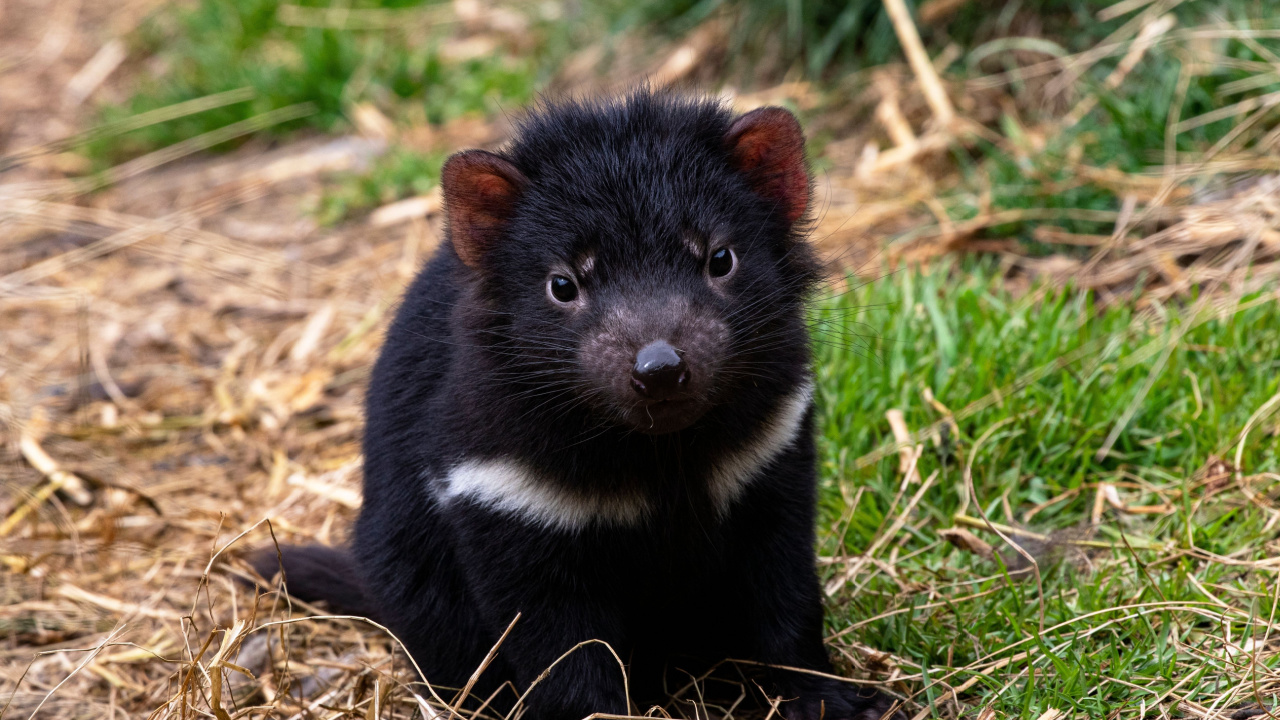
Despite their small size, Tasmanian devils boast the strongest bite relative to body size, capable of exerting immense pressure at 1,200 PSI. Their bite force far surpasses that of many larger predators, making them fierce little guys that you don’t want to tangle with.
Emperor Penguins: Deep Divers
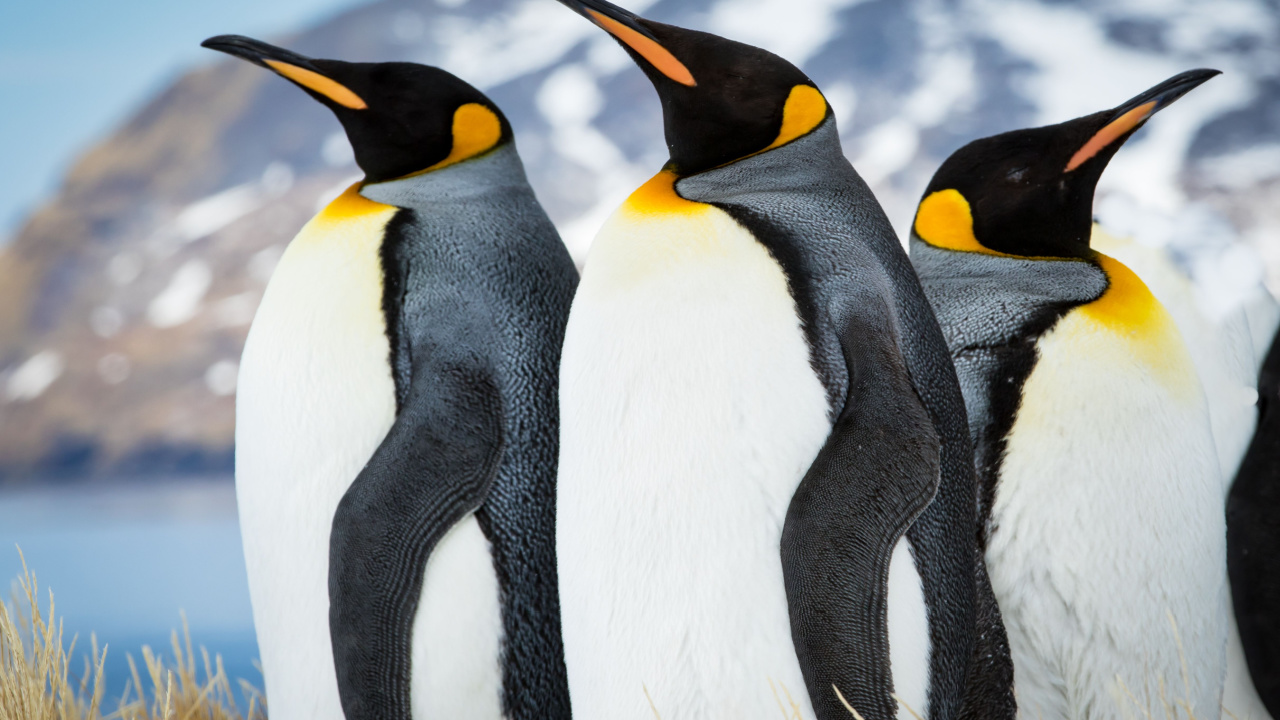
Emperor penguins are adapted to the freezing Arctic, diving to depths of 1,755 feet in search of food. They are remarkably well-adapted to life in the harsh climate of Antarctica.
Naked Mole Rats: Oxygen Minimalists
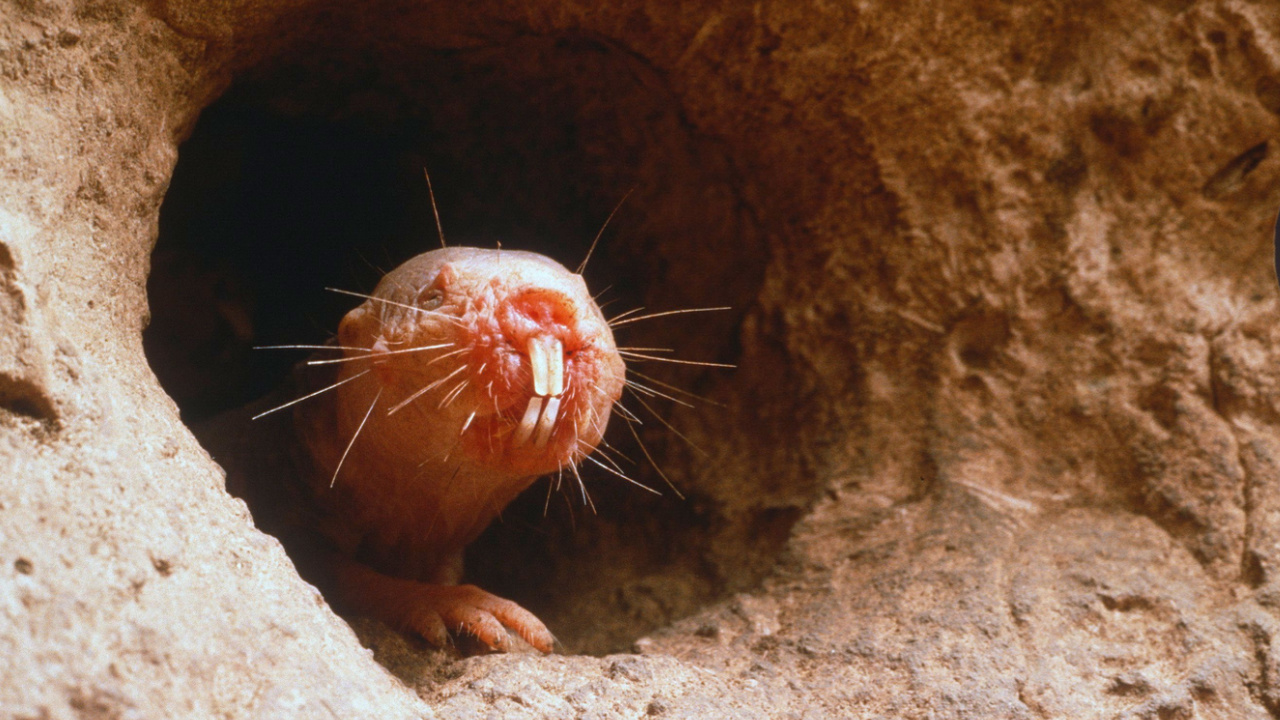
Naked mole rats are a marvel of mammalian survival, thriving in underground colonies in East Africa. They have a unique tolerance for low oxygen and high carbon dioxide environments, thanks to their efficient respiratory and metabolic systems. Remarkably, they can survive up to 18 minutes without oxygen by essentially switching their main energy source from glucose to fructose, a method not found in any other mammal.
Ringtail Lemurs: Unique Dispute Resolution
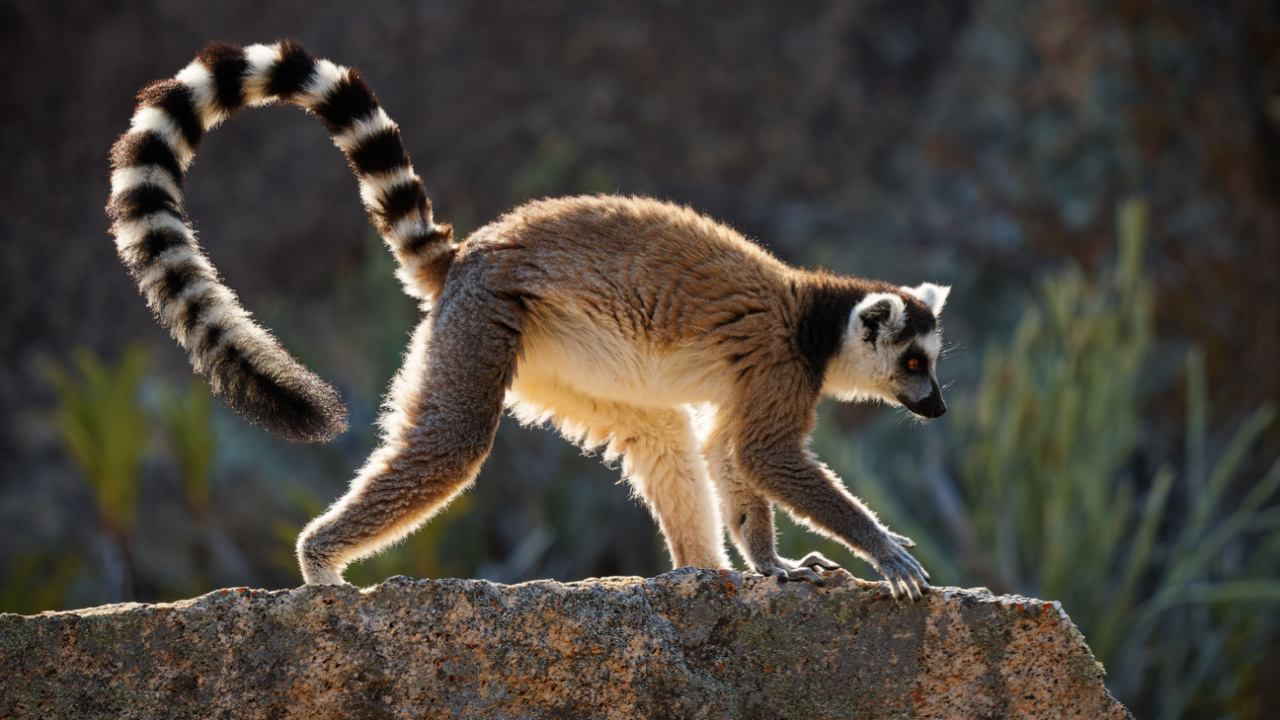
Ringtail lemurs use an unusual method to settle conflicts: stink fights. Males produce distinct scents from their glands, using their tails to waft these odors at rivals in a battle of smells. They can also leap 3 meters and, when travelling, keep their tails flagged high in the air to help keep the whole troop together.
African Elephants: Longest Pregnancies

African elephants experience the longest gestation period of any mammal, with pregnancies lasting up to two years. This extended development is thought to contribute to their complex social structures and cognitive abilities.
Arabian Camels: Desert Hydration Experts
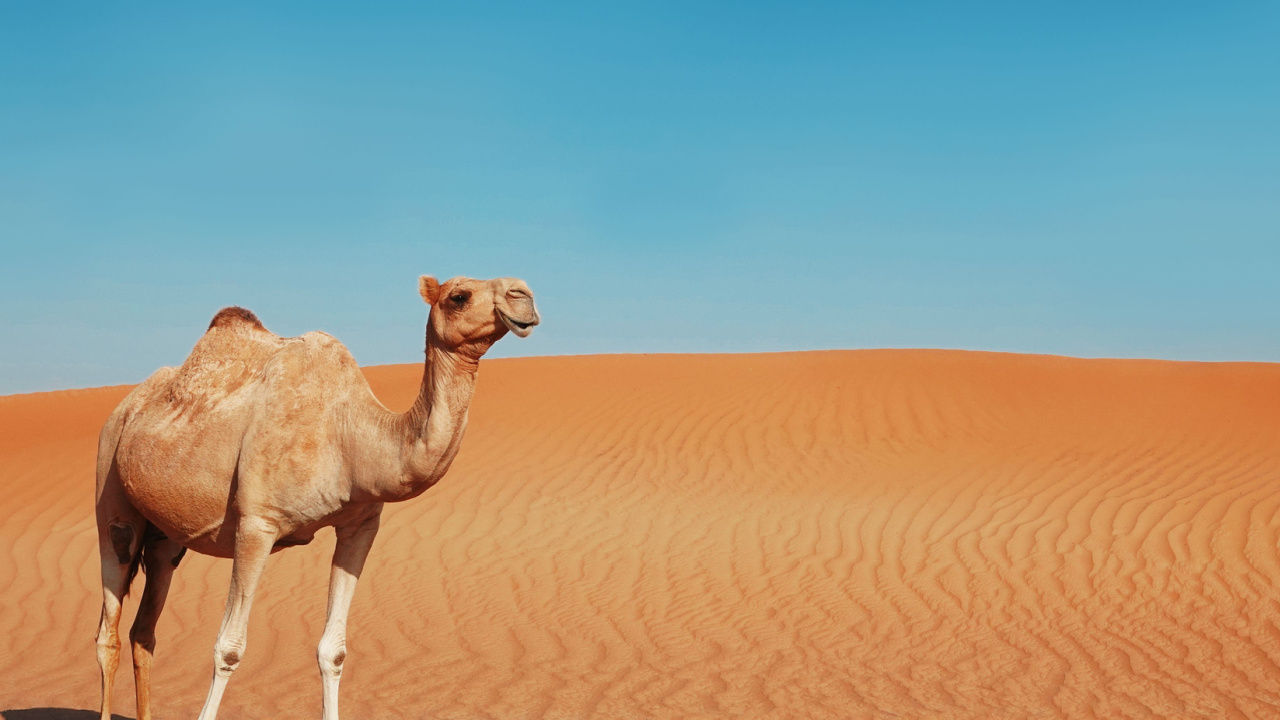
Arabian camels thrive in some of the driest environments on Earth. Their adaptation to desert life allows them to travel vast distances with little water. Impressively, when they find water, they can drink up to 30 gallons in less than 15 minutes, showcasing their incredible hydration strategy.
Male Seahorses: Unique Pregnancy Carriers
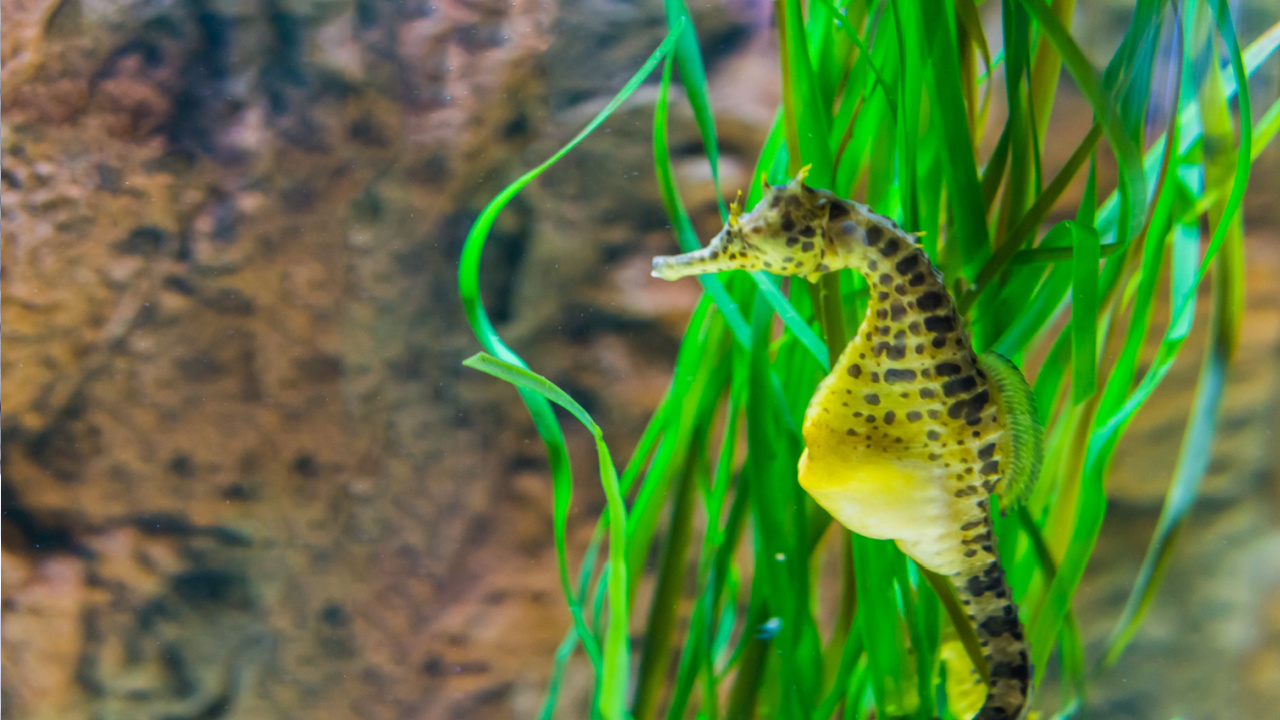
Male seahorses are the ones who get pregnant and give birth, carrying up to 2,000 babies at a time. The female lays her eggs in his pouch, and he carries them until birth, a process lasting up to 25 days, depending on the species.
Koalas: Fingerprints Like Humans
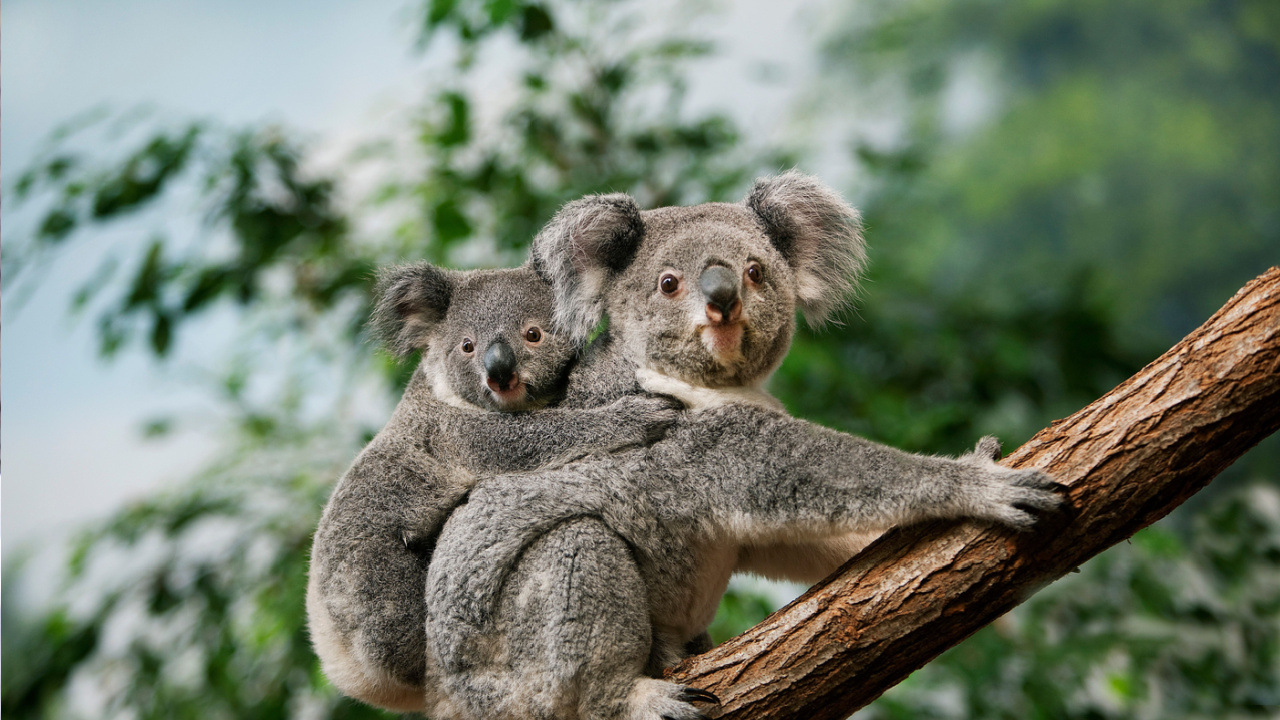
Koalas have fingerprints so similar to humans that they can be mistaken for one another. Discovered by anatomists in 1996, this similarity suggests a close evolutionary relationship, highlighting the koala’s unique place in the animal kingdom.
Pigeons: Exceptional Co-Parents
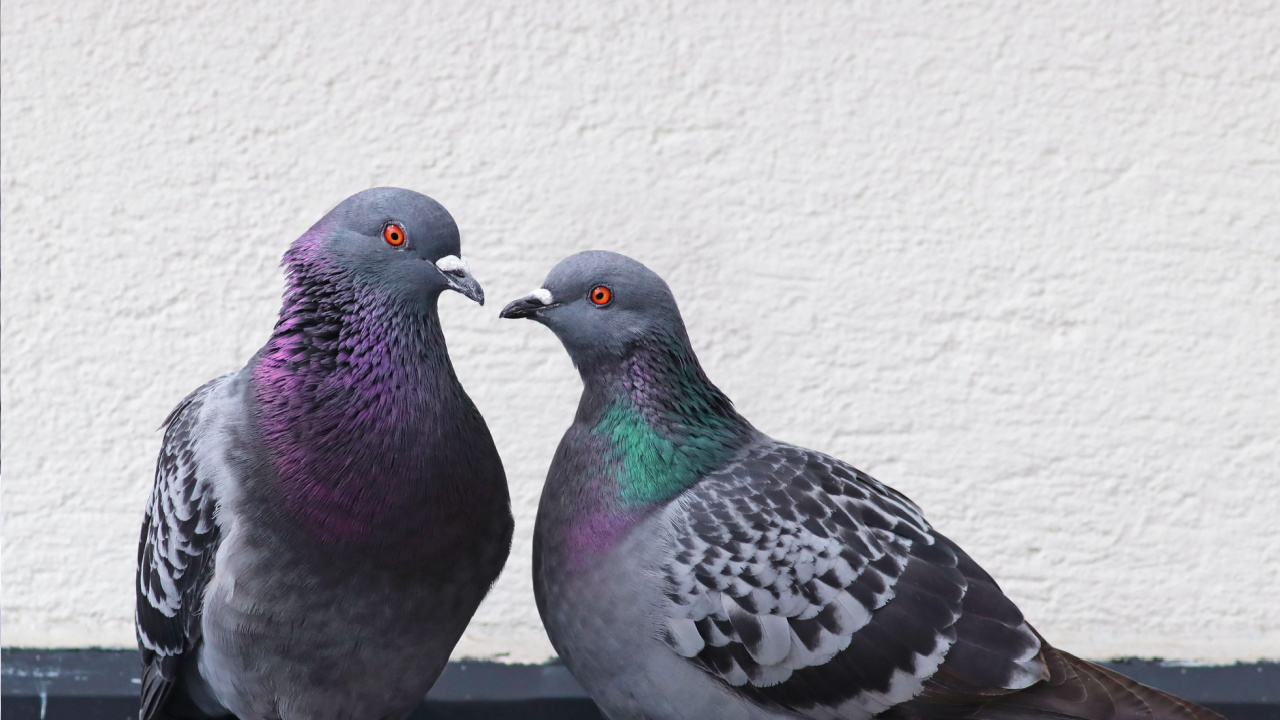
Pigeons share parenting duties, with males warming the eggs during the day and females taking over at night. This co-parenting strategy, along with their lifelong mating bonds, makes them outstanding nurturers, ensuring their chicks are well cared for.
Great White Sharks: Blood Detection Experts

Great white sharks have a remarkable ability to detect blood, sensing it from three miles away. This skill, while feeding into their fearsome reputation, demonstrates their incredible sensory capabilities and efficiency as predators. They’re incredible creatures that can travel through the water at 35 miles per hour and live up to 70 years. Plus, they have 7 rows of teeth and keep producing new teeth as they lose others for their whole life.
Honey Badgers: Venom Resistance
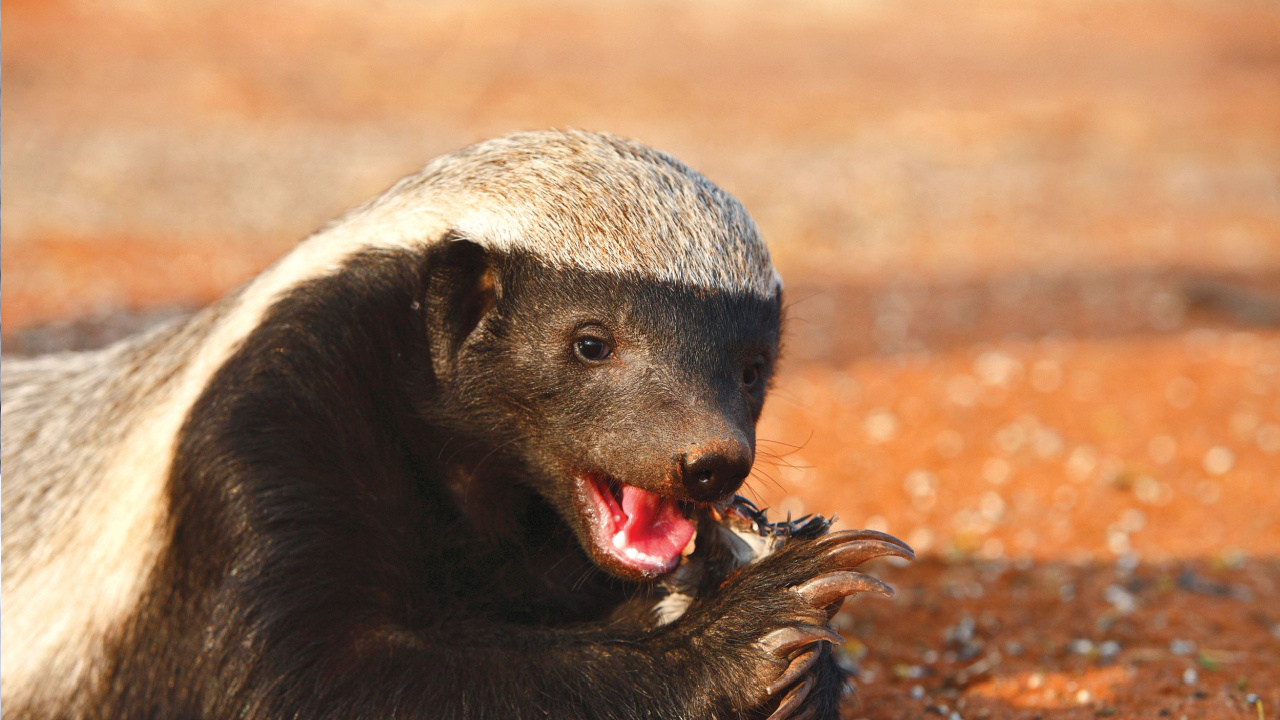
Honey badgers, known for their ferocity, have an impressive resistance to venom, allowing them to hunt a wide range of prey, including venomous snakes. This evolutionary advantage enables them to consume entire animals, bones and feathers included.
Arctic Foxes: Changing Coats
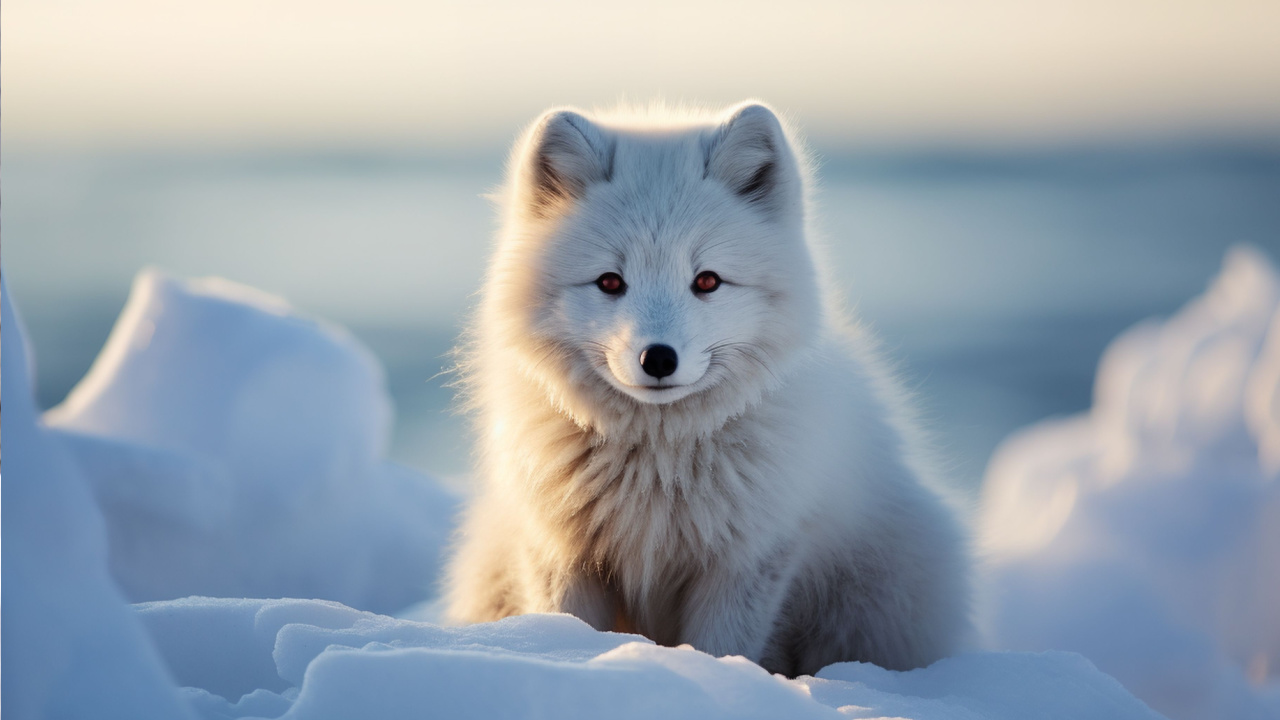
Arctic foxes have an amazing adaptation that allows them to thrive in their polar habitat. They change the color of their fur with the seasons for camouflage; pure white in winter to blend in with the snow and a brown-gray in summer to match the tundra. This not only helps them sneak up on prey but also avoid predators.
Inland Taipan: World’s Most Venomous Snake
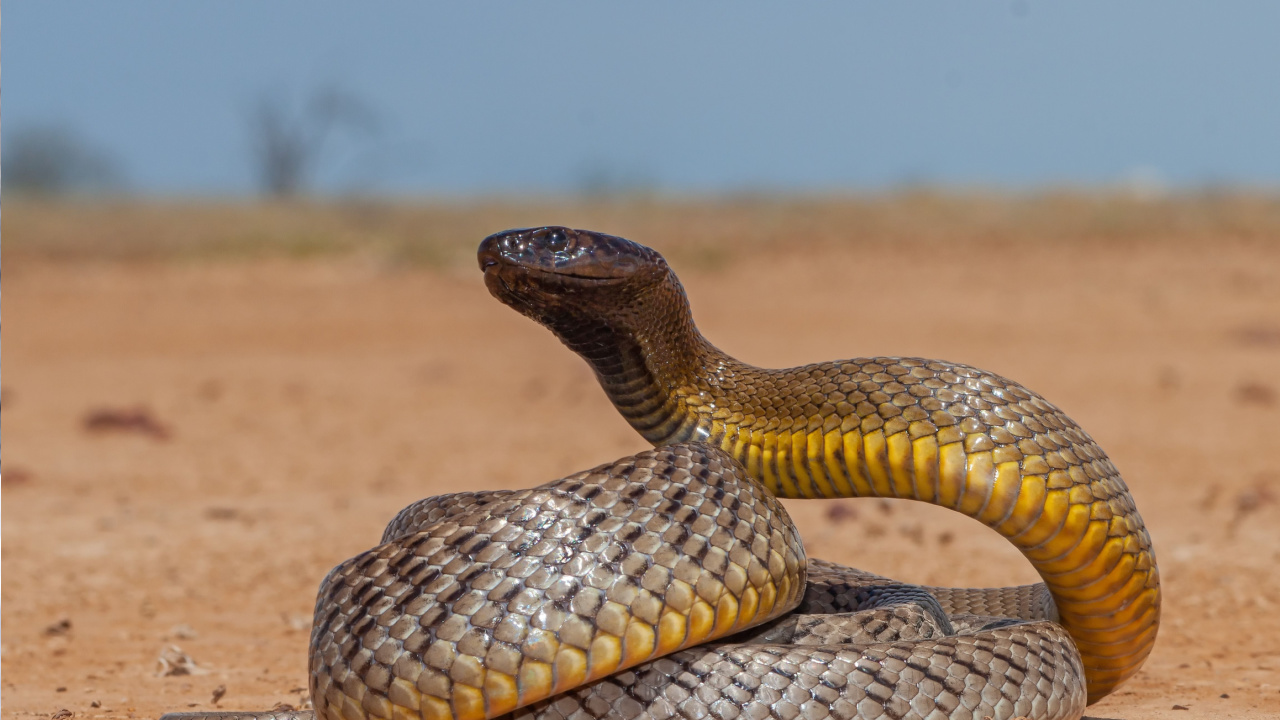
The inland taipan holds the title for the most potent venom of any snake, targeting the nervous system, blood, and organs. Its venom’s lethal dose is incredibly low, making it a formidable predator in its natural habitat. A full quota of venom from a single bite is enough to kill 100 humans or 250,000 mice.
Axolotls: Masters of Regeneration
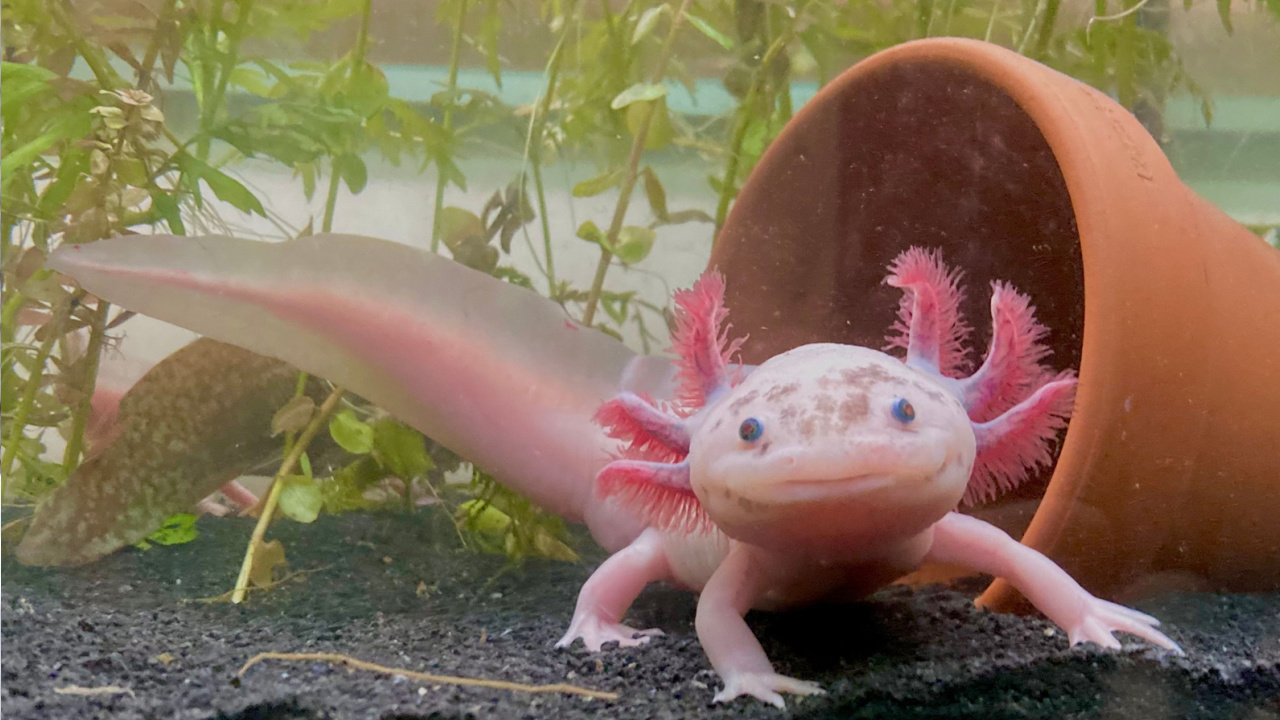
Axolotls possess an extraordinary ability to regenerate lost body parts, from limbs to vital organs. Researchers are studying this capability in hopes of applying it to human medicine, potentially revolutionizing how we treat injuries. But humans have pushed this species, like many others, to the brink of extinction.
Clownfish: Gender Transformation
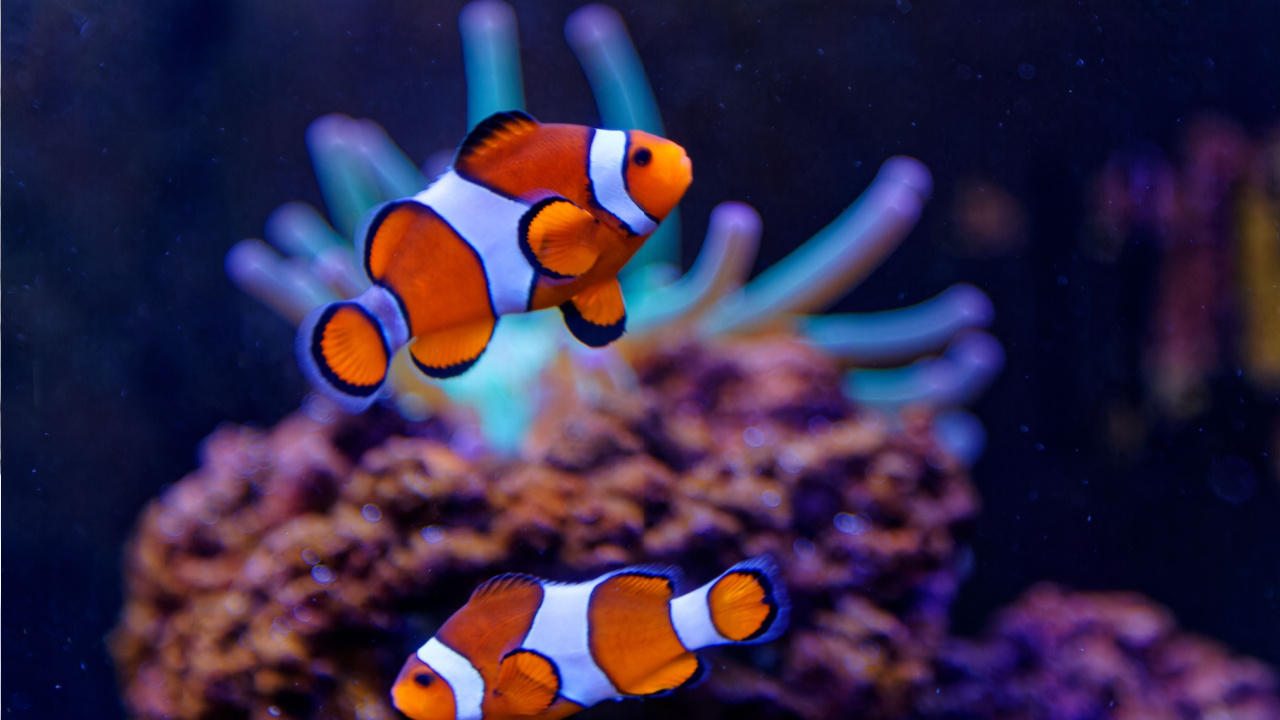
Clownfish begin life as males, but can change into females through sequential hermaphroditism. This adaptation ensures the continuation of their species, allowing for flexible roles within their social structure.
Peacock Mantis Shrimps: Lightning-Fast Punches
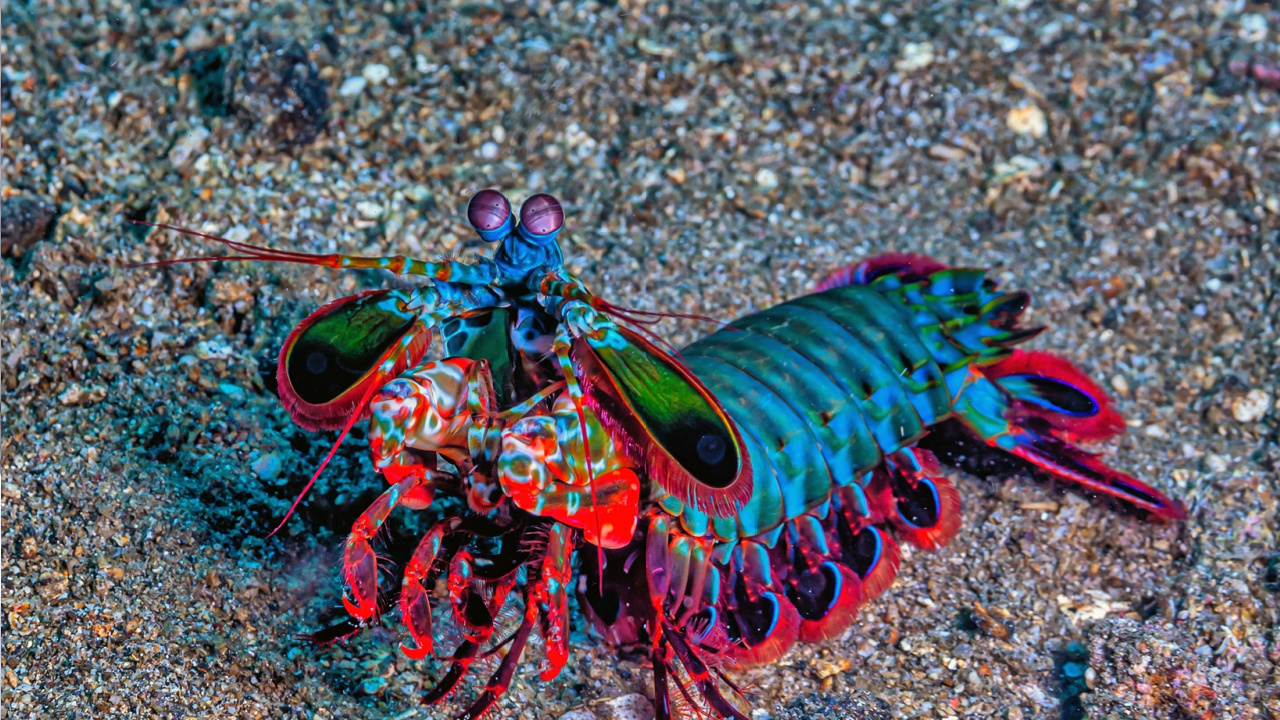
The peacock mantis shrimp can punch at speeds of 50 miles per hour, faster than a bullet. This incredible strength helps them impale prey and compete for resources in their crowded, competitive habitats.
Tardigrades (Sea Bears): Tiny Titans of Survival
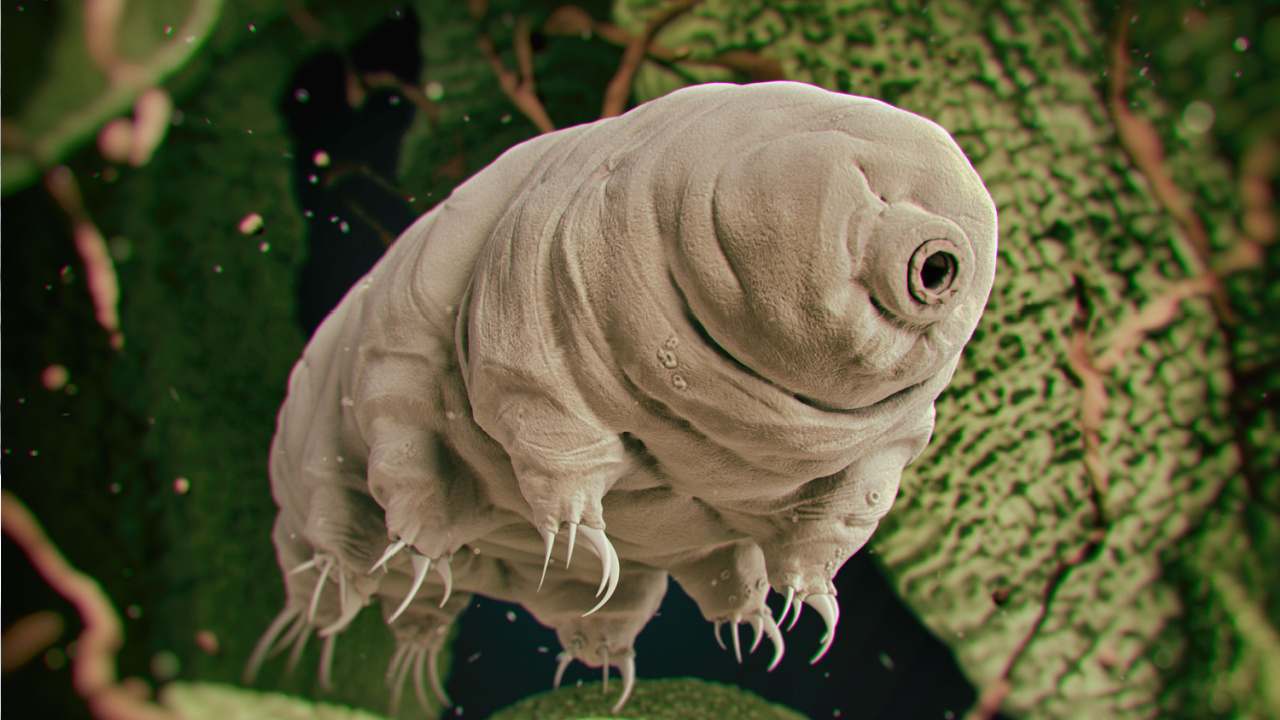
Despite their minuscule size, tardigrades are virtually indestructible, thriving in environments as varied as deep-sea trenches and the vacuum of space. Their ability to enter a hibernation-like state allows them to withstand extreme dehydration and radiation, earning them the title of the toughest animals on Earth.
Assassin Bugs: Predators with Style
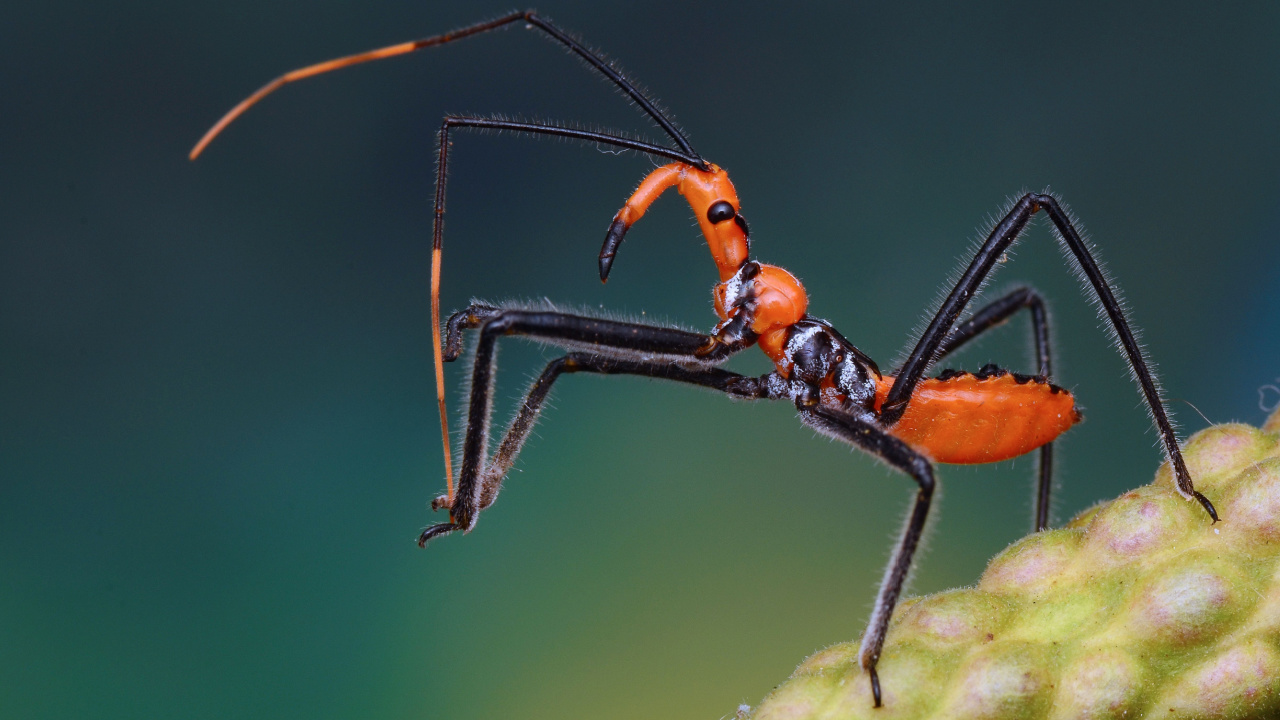
Assassin bugs, the fashionistas of the predator world, use their victims’ exoskeletons as armor after consuming them. This provides protection and creates confusion among potential predators. They are a unique blend of deadly efficiency and camouflage.
Immortal Jellyfish: Defying Age
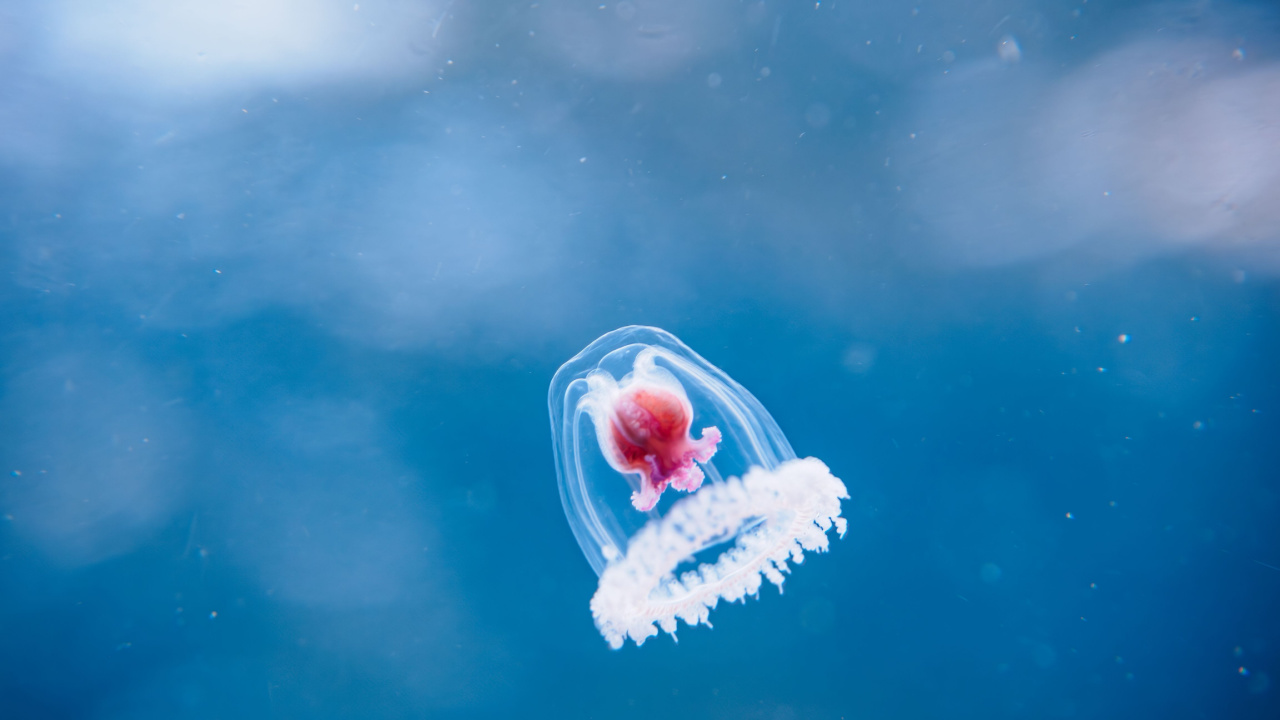
The immortal jellyfish has the extraordinary ability to revert to its polyp stage when faced with harm or starvation, essentially restarting its life cycle. This process makes it genetically identical to its former self, blurring the lines between life and death.
Barn Owls: Feathered Divorcees
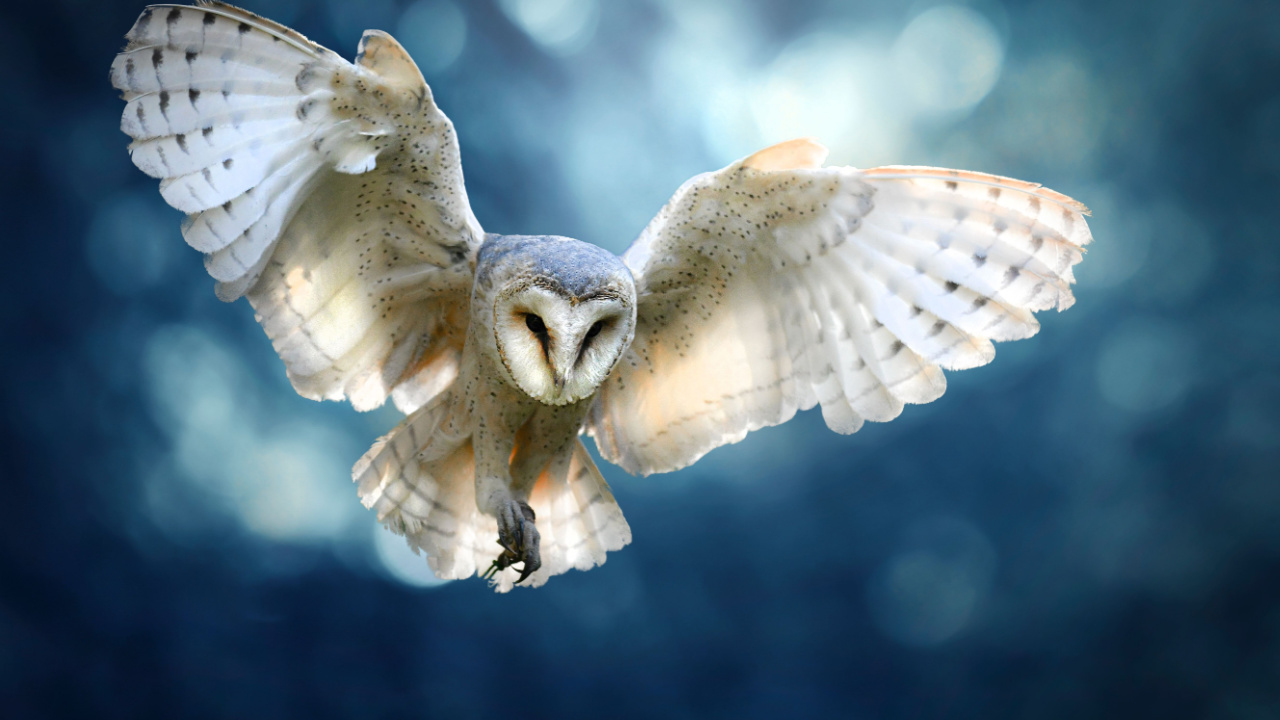
While barn owls typically mate for life, research shows that about 25% experience “divorce.” Young male barn owls, in particular, tend to seek new partners, demonstrating that even in the animal kingdom, relationships can be complicated.
Bengal Tigers: Feasting Giants
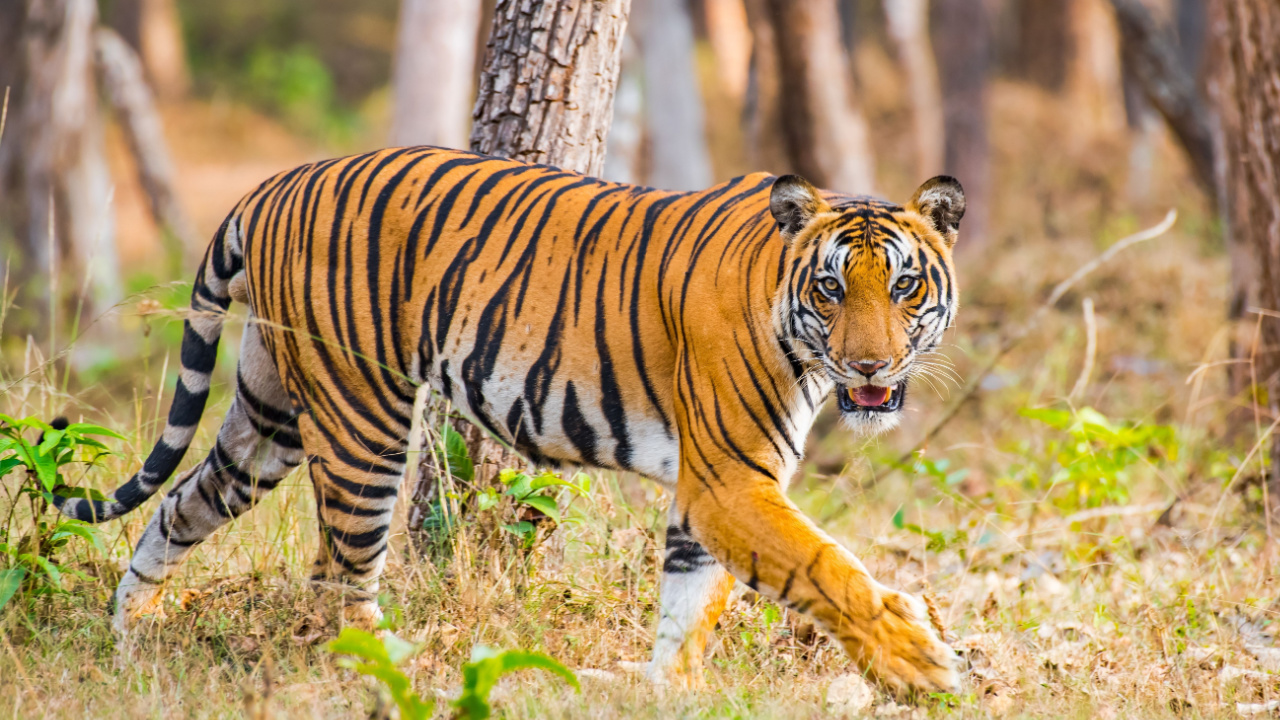
Bengal tigers, with their voracious appetites, can consume up to 60 pounds of meat in a single sitting. Unable to finish? They simply bury their meal for later. They’re both apex predators and efficient hunters. These formidable for endangered big cats weigh up to 500 pounds.
African Buffaloes: Voting Herds
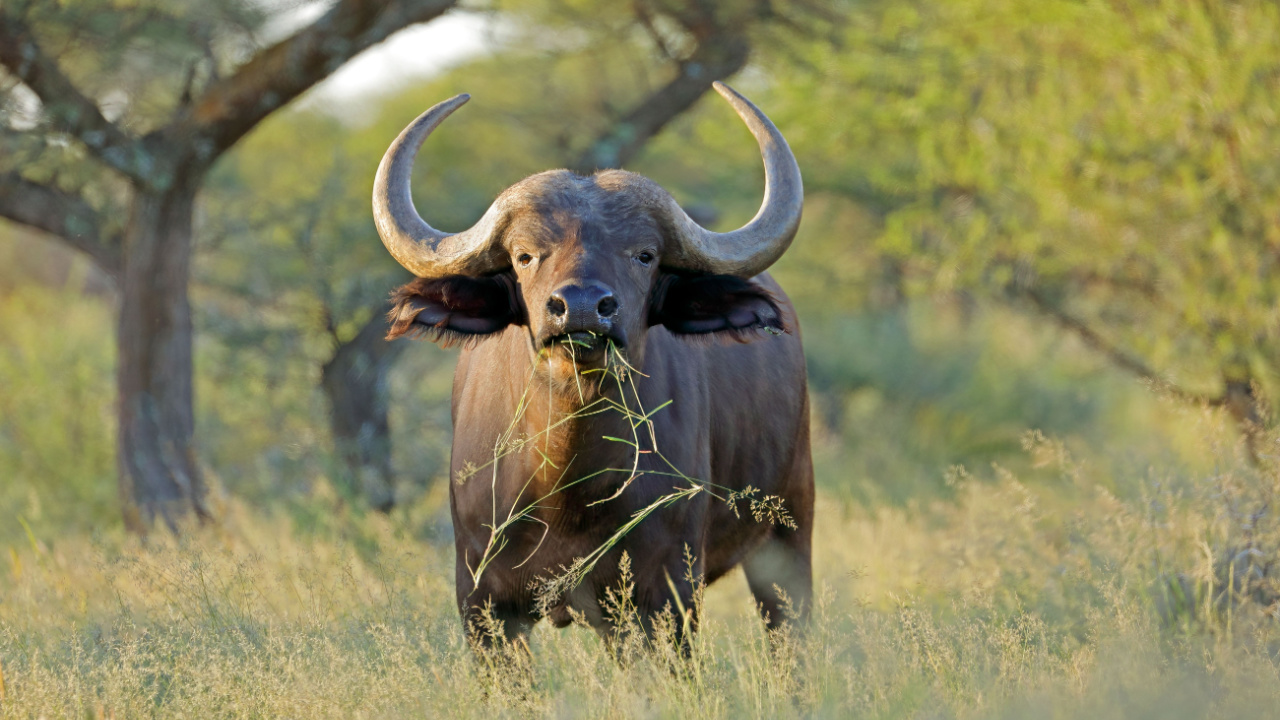
African buffaloes exhibit a form of democracy, with adult females participating in group decision-making through physical cues. This collective process determines the herd’s direction. The sophisticated social structures within animal communities are really fascinating.
Platypuses: Electrosensitive Hunters
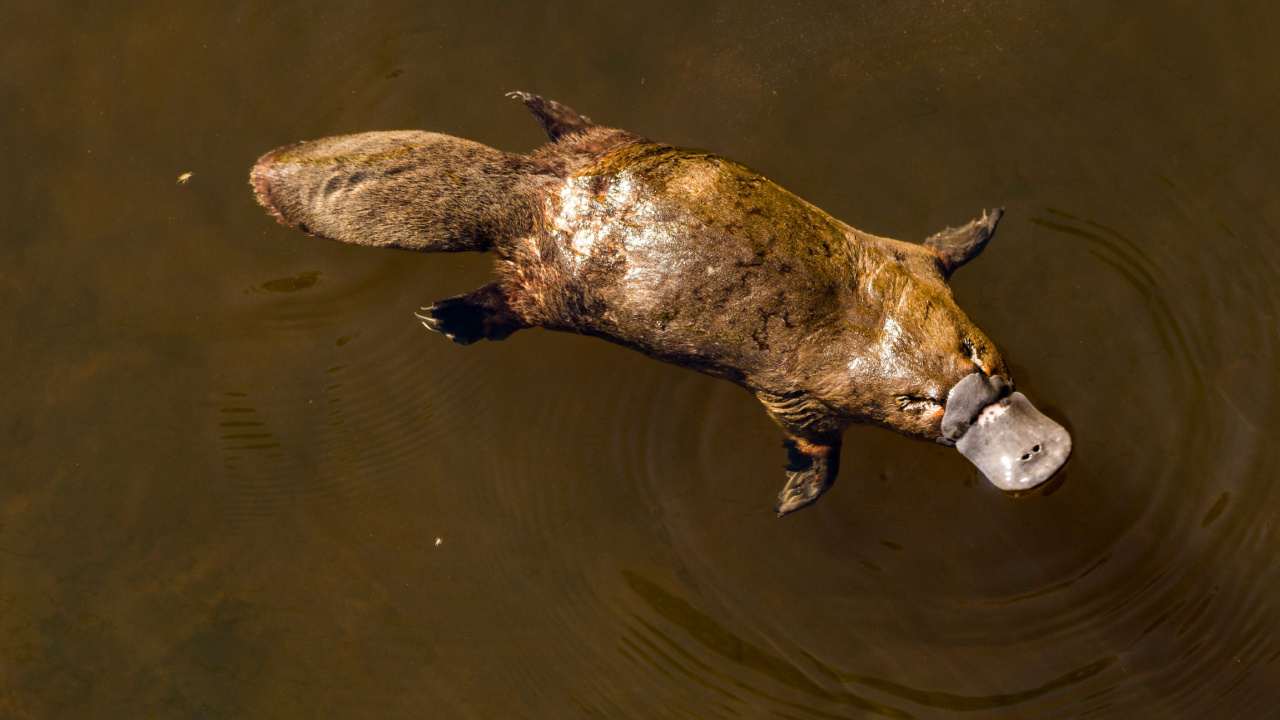
The platypus, native to eastern Australia, possesses a unique hunting mechanism. Its bill is equipped with electroreceptors, allowing it to detect the electric fields generated by the muscular contractions of its prey. This adaptation enables the platypus to hunt underwater with its eyes, ears, and nose closed, relying entirely on electrolocation.
Beavers: Ironclad Builders
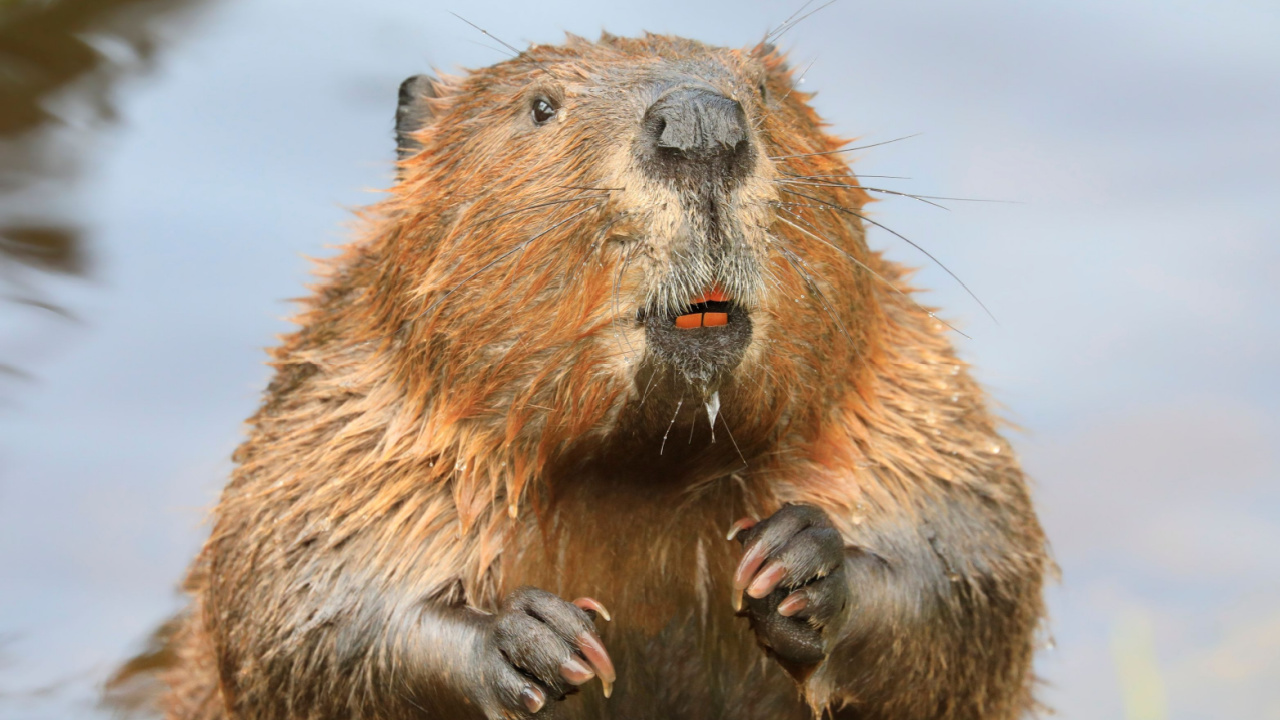
Beavers are known for their architectural prowess and their unique dental anatomy. Their teeth, enriched with iron, never stop growing and require constant gnawing to maintain. This metallic composition makes their teeth incredibly strong and resistant to wear, essential for their tree-felling lifestyle.
Desert Locusts: The Swarming Destroyers
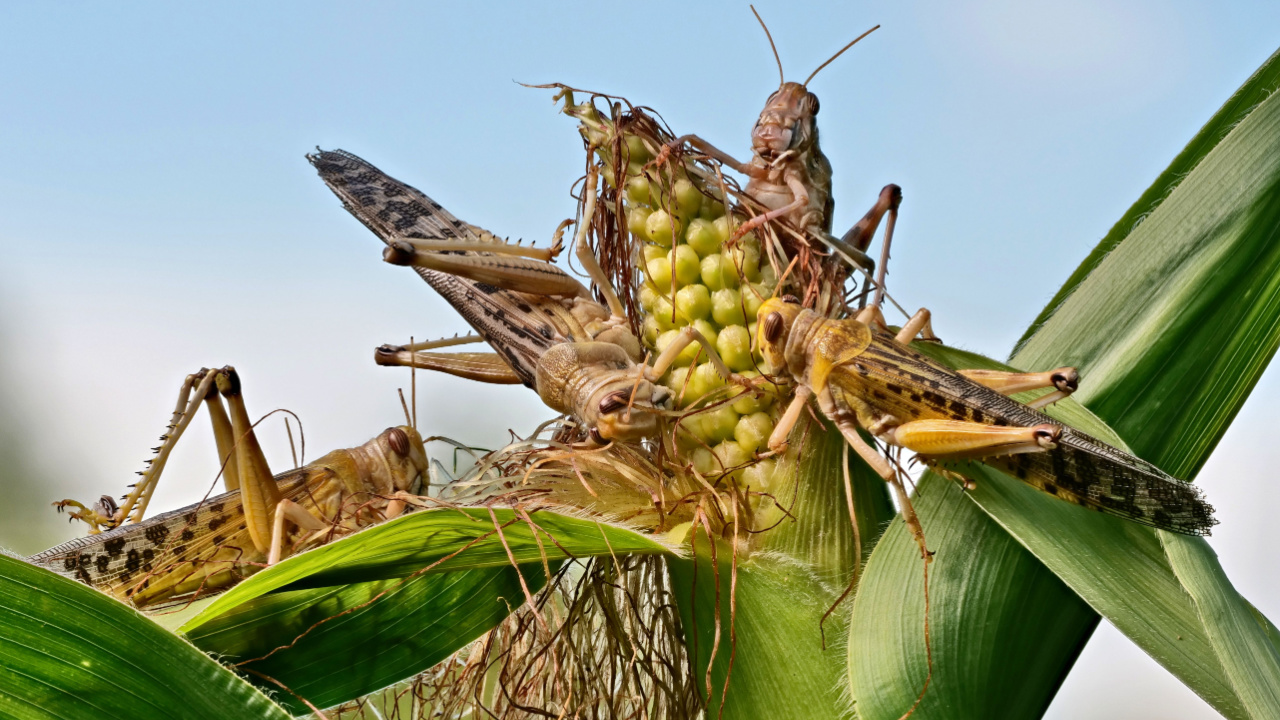
Desert locusts are notorious for their devastating impact, consuming everything in their path. A single swarm can cover up to 460 square miles and devour 423 million pounds of plants daily. Their biblical reputation for destruction is well-earned and continues to be a significant concern today.
Snow Leopards: Masters of the Jump
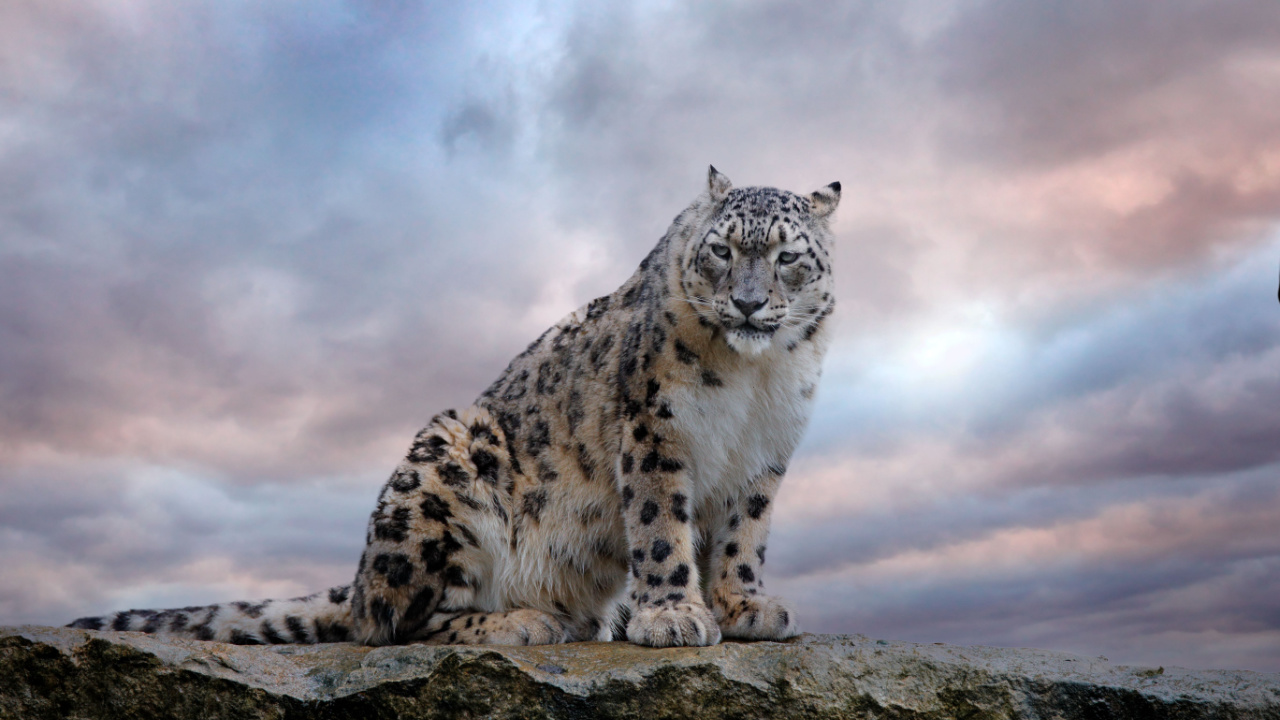
Adapted to the harsh mountainous terrains, snow leopards are incredible leapers, capable of jumping up to 50 feet. Their fur-covered feet act as natural snowshoes, while their long tails aid in balance, making them agile predators in their cold, rugged environments.
Snails: Unusual Sleep Patterns

Snails have an unpredictable approach to sleep, alternating between long naps and extended wakeful periods. They can sleep for a few hours, then stay awake for more than 30 hours. Remarkably, they can also enter a deep sleep lasting up to three years to escape harsh conditions.
Owls: Extreme Head Turning

Owls boast an extraordinary ability to rotate their heads up to 270 degrees without harm, thanks to a unique bone structure and additional blood vessels. This flexibility ensures they maintain blood flow, allowing them to keep a sharp lookout for prey and predators alike.
African Lungfish: Drought Survival Masters
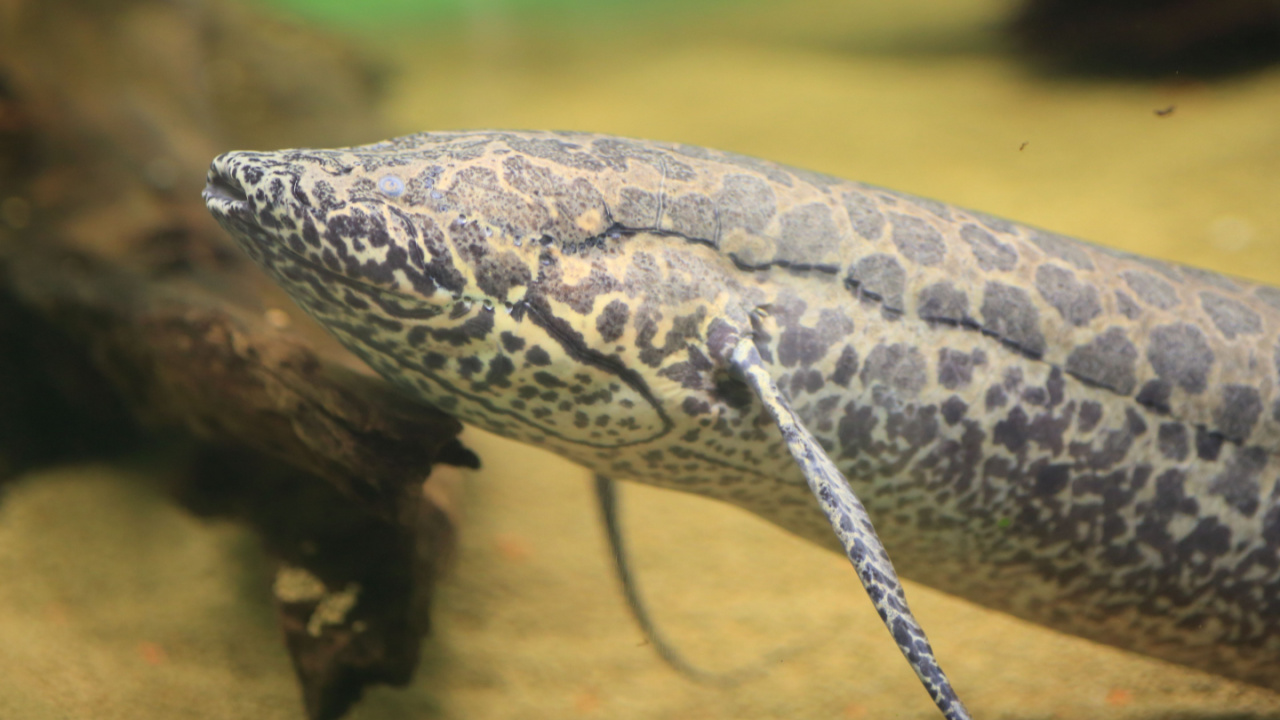
Facing dry spells, the African Lungfish wraps itself in a mucus cocoon and buries itself underground, breathing through a makeshift snorkel to the surface. It can survive this way for a year, waiting for the return of water to its habitat.
Leafy Sea Dragons: Masters of Camouflage
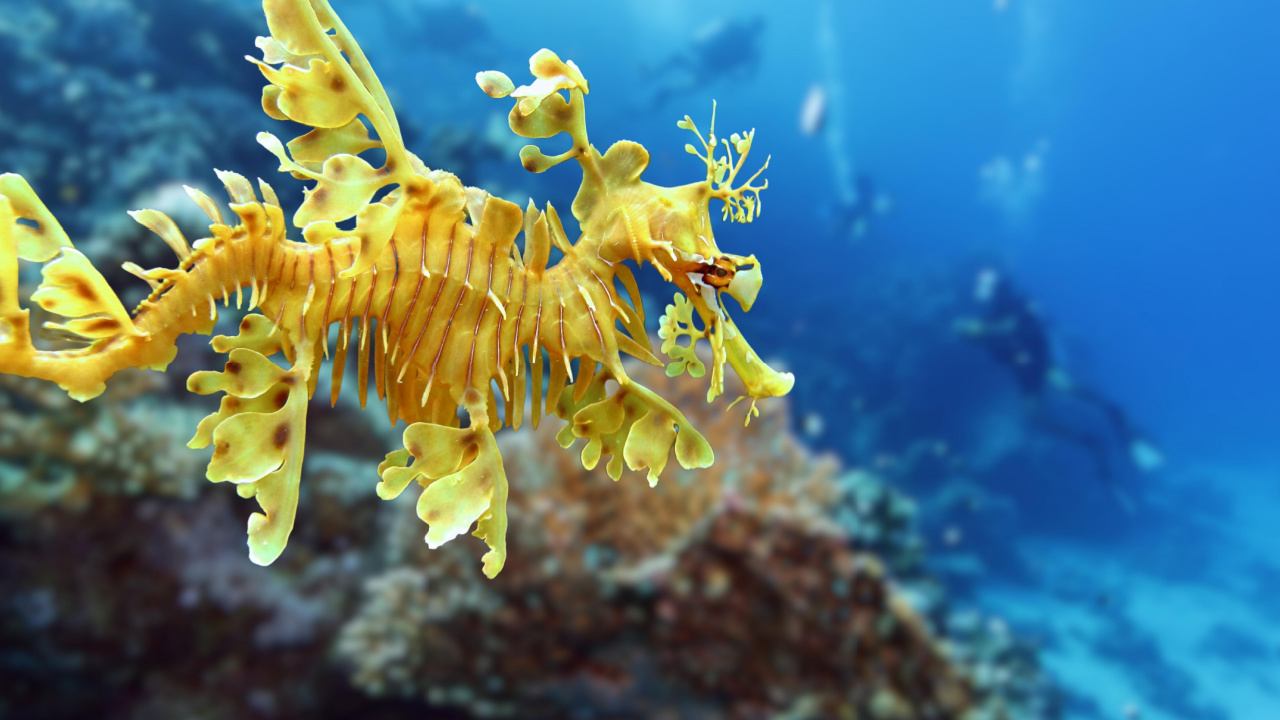
Leafy sea dragons are ethereal creatures that inhabit the waters off southern and western Australia. Their leaf-like protrusions are not used for swimming; instead, they serve as superb camouflage, blending perfectly with the seaweed and kelp in which they live. This camouflage protects them from predators and helps them ambush prey.
Pupfish: Versatile Water Dwellers
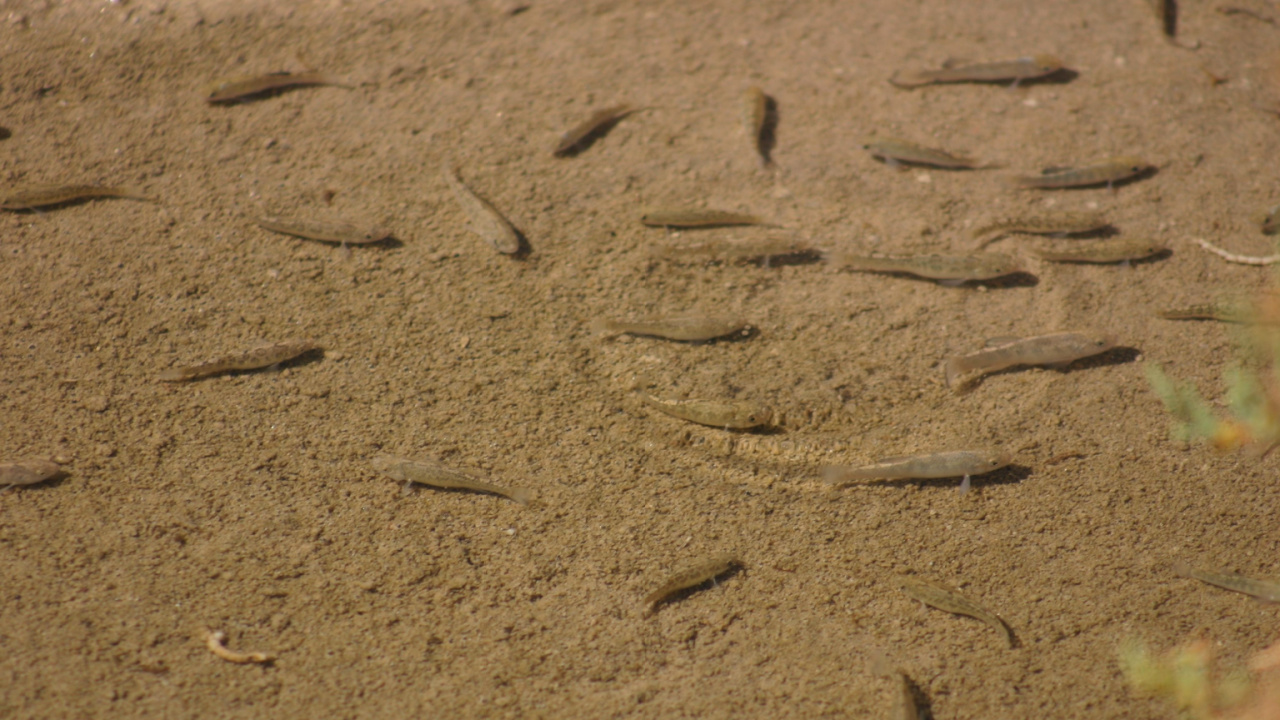
Pupfish are unique for their adaptability to various water conditions—fresh, salty, hot, or cold. Evolving during the Ice Ages, these fish learned to thrive in whatever water was available, so they are remarkably resilient.
Dolphins: Pufferfish Enthusiasts
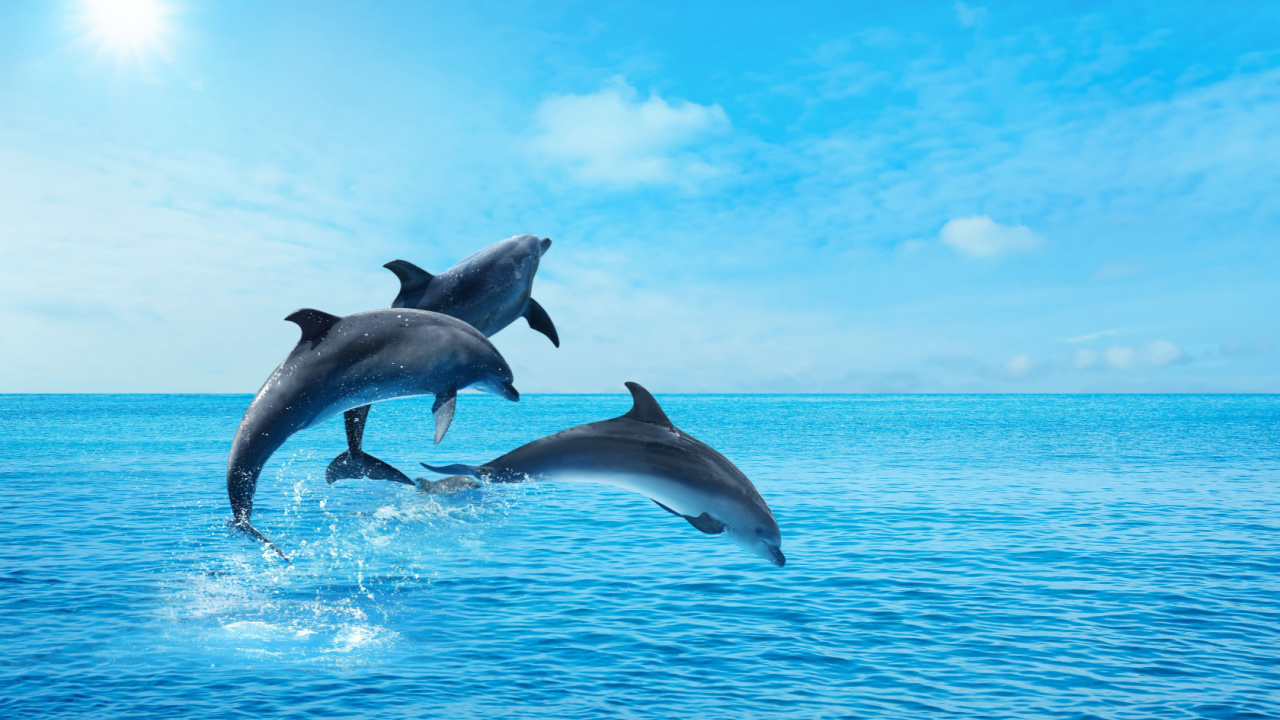
Dolphins have been observed engaging with pufferfish to experience their toxins in small doses, leading to a trance-like state. This unusual interaction highlights dolphins’ complex behavior and curiosity about their environment. Pufferfish are poisonous to humans, but for dolphins, pufferfish toxin in small doses has a narcotic effect, so they get high rather than sick.
Frogs: Eternal Watchers
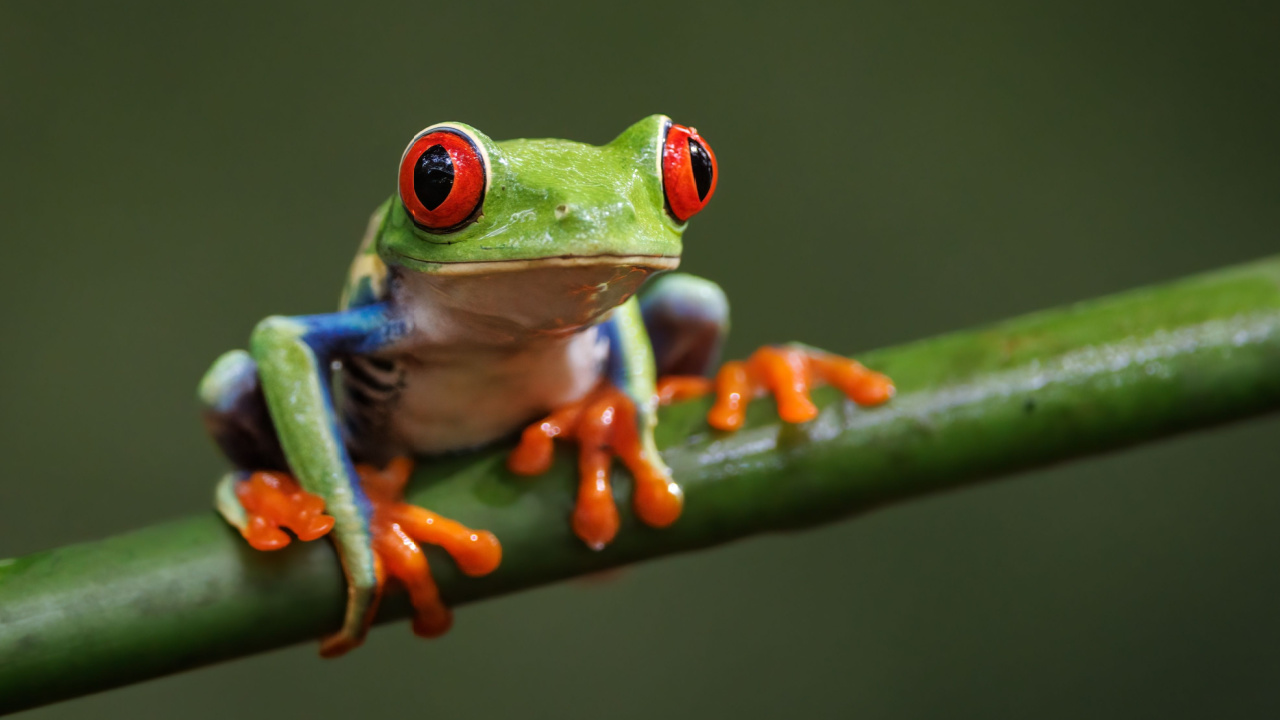
Frogs sleep with their eyes seemingly open, protected by a clear membrane. This adaptation allows them to remain vigilant even during rest, safeguarding them from predators with their 360-degree vision.
Horned Lizards: Blood for Defense
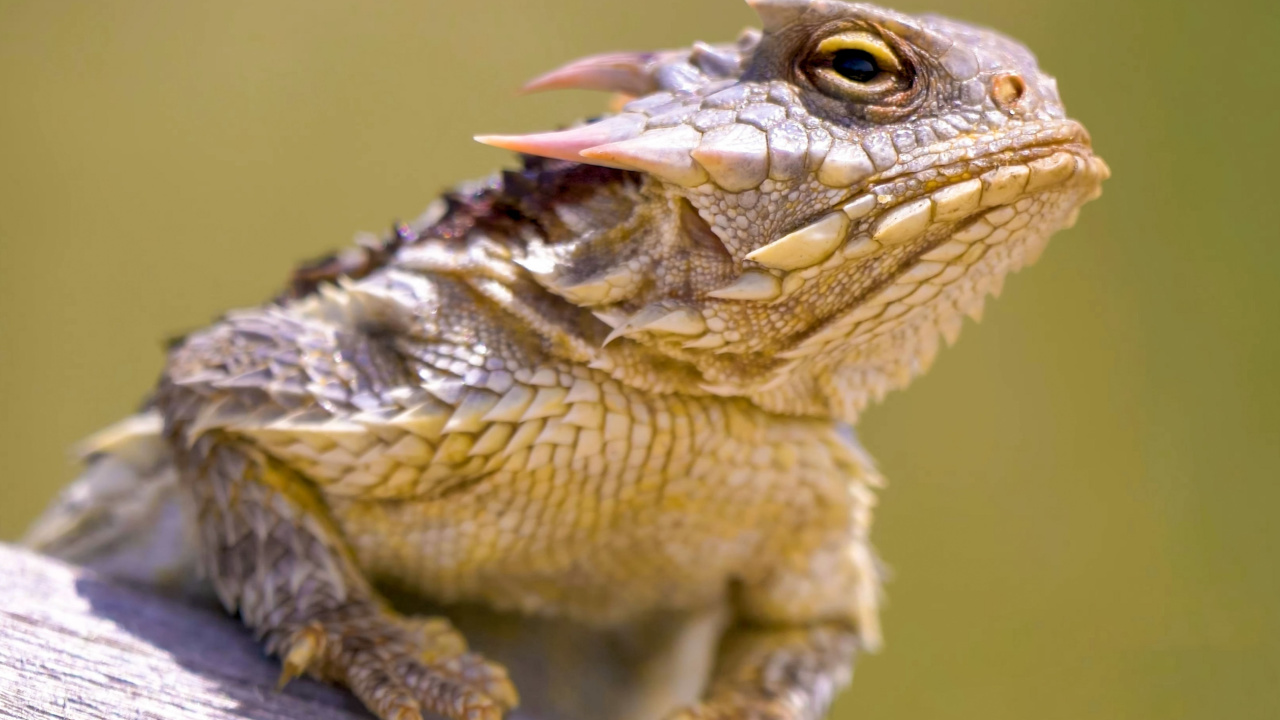
Horned lizards have a startling defense mechanism, shooting blood from their eyes to deter predators. This blood, which can reach distances over 5 feet, contains toxins that repel attackers, which is an unusual but effective survival strategy.
Beaked Whales: Deep-Dive Specialists
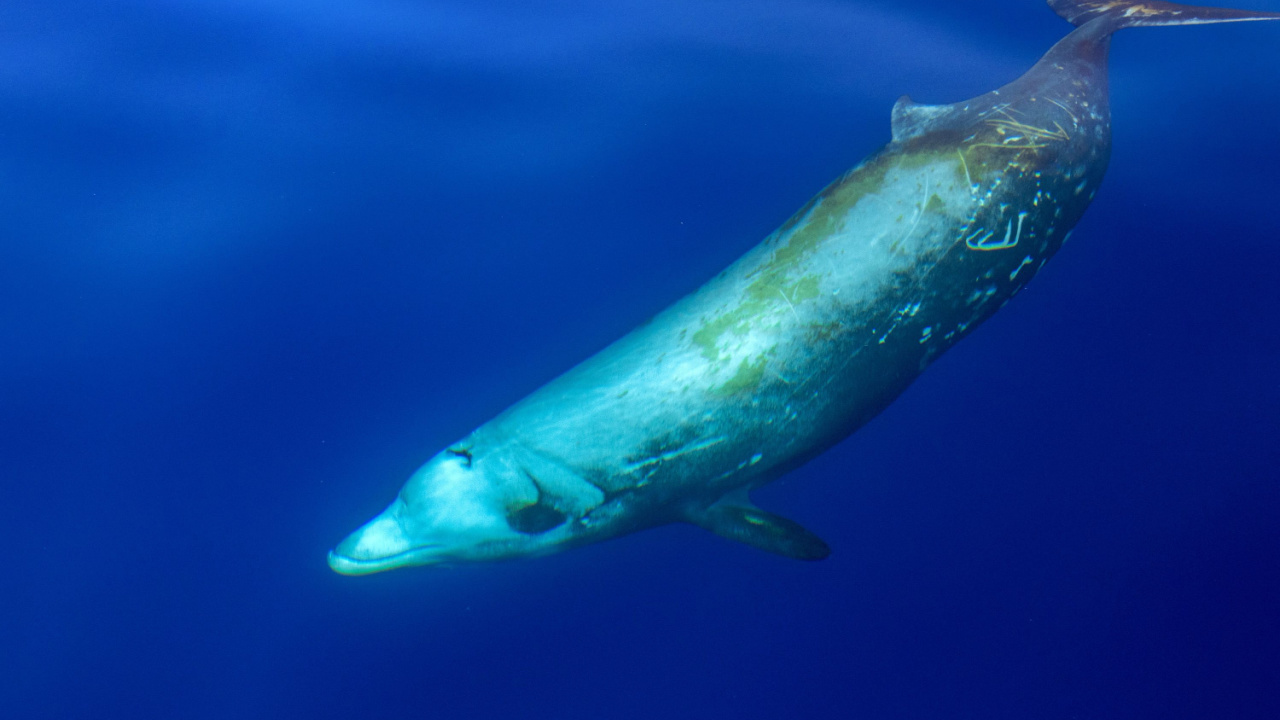
Beaked whales undertake deep dives by collapsing their lungs to avoid decompression sickness. This unique approach allows them to explore ocean depths for hours without the risk of nitrogen bubbles forming in their bloodstream.
Alpine Swifts: The Aerial Endurers
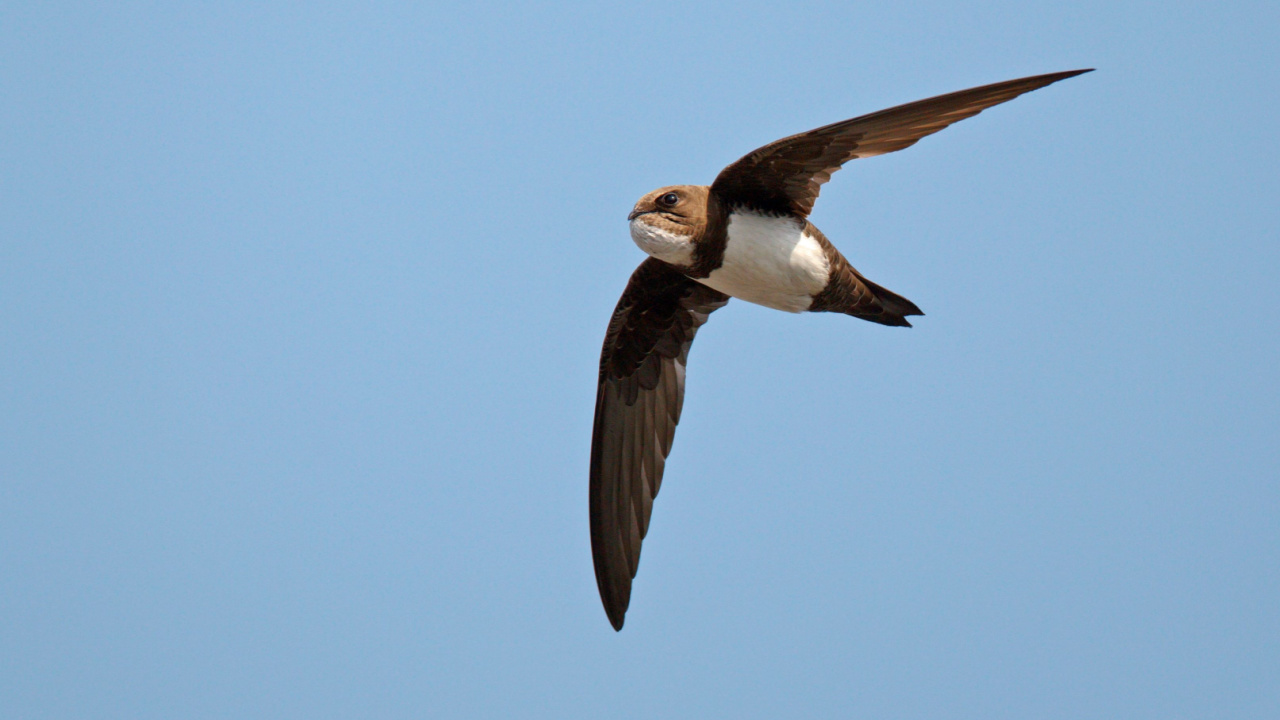
Alpine swifts demonstrate incredible endurance, capable of spending up to six months in continuous flight. They manage to feed, and even sleep, without ever touching the ground, illustrating their extraordinary adaptability to life in the air.
20 Crucial Supplies for Surviving a Societal Collapse

In the face of uncertainty, being well-prepared gives you at least some degree of control and security. The thought of a societal collapse, while extreme, prompts us to consider how we might endure without the conveniences of our current lifestyle. Here’s a list of 20 essential items that could prove indispensable in such a scenario. This guide isn’t about succumbing to fear but embracing preparedness and resilience.
14 Essential Canned Goods for Your Emergency Pantry
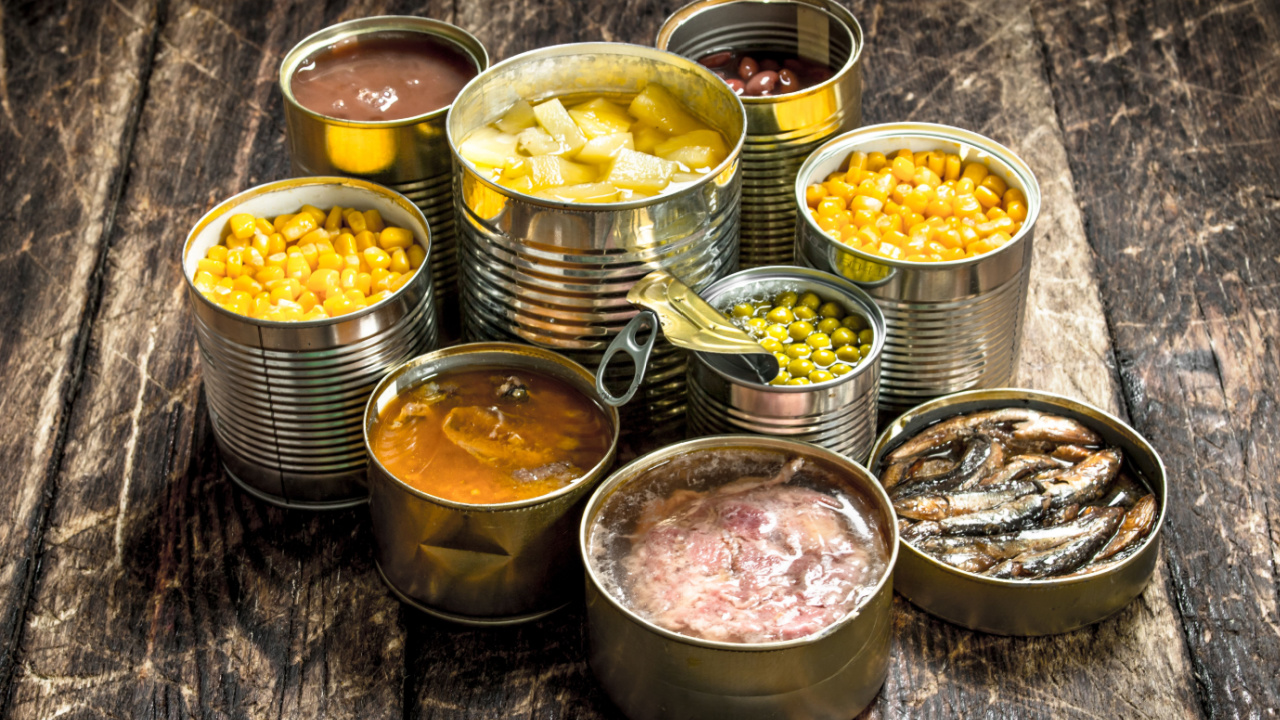
I firmly believe in keeping a well-stocked emergency pantry. While fresh food is ideal, in a survival situation, we may not be that lucky. So, for my family, even though we grow a lot of our own food, canned goods play a crucial role in emergency preparedness. They offer a reliable source of nutrition when access to fresh produce may be limited. The goods you stockpile should be affordable, easy to store, and full of nutrition.
Best Regions in the U.S. to Escape to When Society Collapses

Choosing a refuge in the event of societal collapse involves weighing the pros and cons of each location against your personal preparedness goals and abilities. Whether you’re drawn to the solitude of the desert or the protective heights of the mountains, the key is finding a place that offers safety and the opportunity for growth and renewal.
Katy Willis is a writer, lifelong homesteader, and master herbalist, master gardener, and canine nutritionist. Katy is a preparedness expert and modern homesteader practicing everyday preparedness, sustainability, and a holistic lifestyle.
She knows how important it is to be prepared for whatever life throws at you, because you just never know what's coming. And preparedness helps you give your family the best chance to thrive in any situation.
Katy is passionate about living naturally, growing food, keeping livestock, foraging, and making and using herbal remedies. Katy is an experienced herbalist and a member of the CMA (Complementary Medical Association).
Her preparedness skills go beyond just being "ready", she's ready to survive the initial disaster, and thrive afterward, too. She grows 100% organic food on roughly 15 acres and raises goats, chickens, and ducks. She also lovingly tends her orchard, where she grows many different fruit trees. And, because she likes to know exactly what she's feeding her family, she's a seasoned from-scratch cook and gluten-free baker.
Katy teaches foraging and environmental education classes, too, including self-sufficient living, modern homesteading, seed saving, and organic vegetable gardening.
Katy helps others learn forgotten skills, including basic survival skills and self-reliance.
She's been published on sites such as MSN, Angi, Home Advisor, Family Handyman, Wealth of Geeks, Readers Digest, and more.
